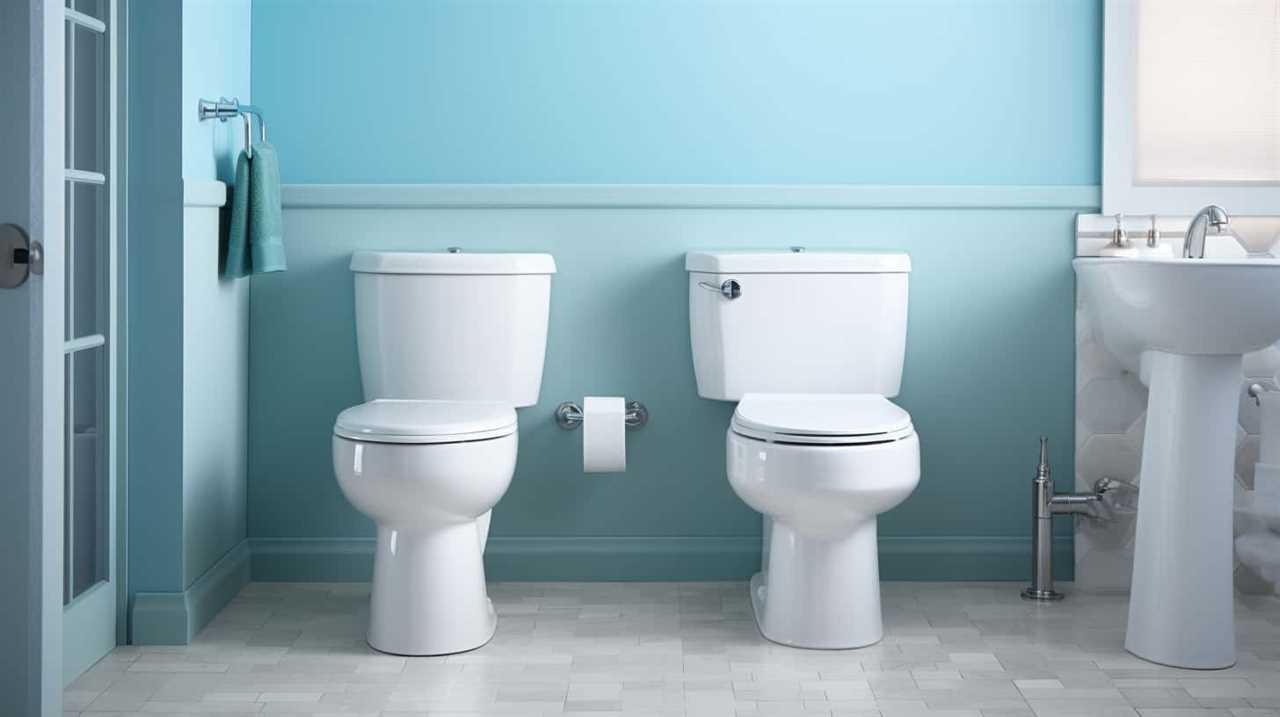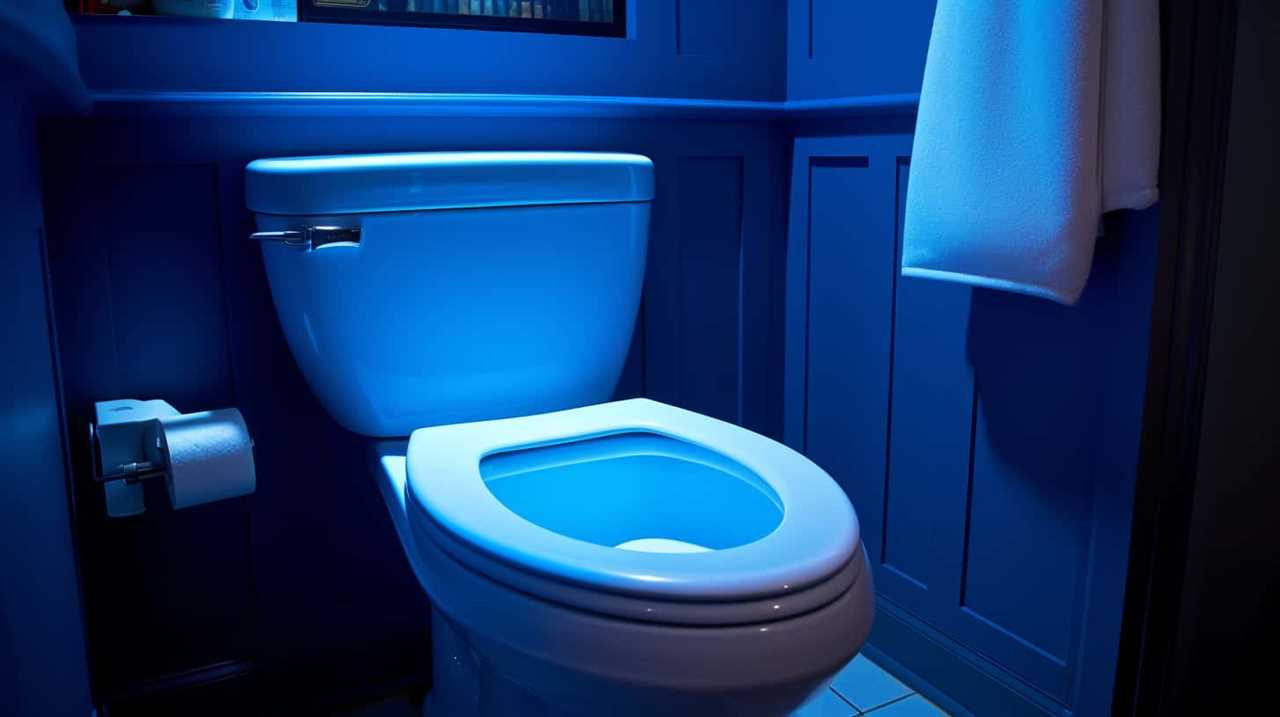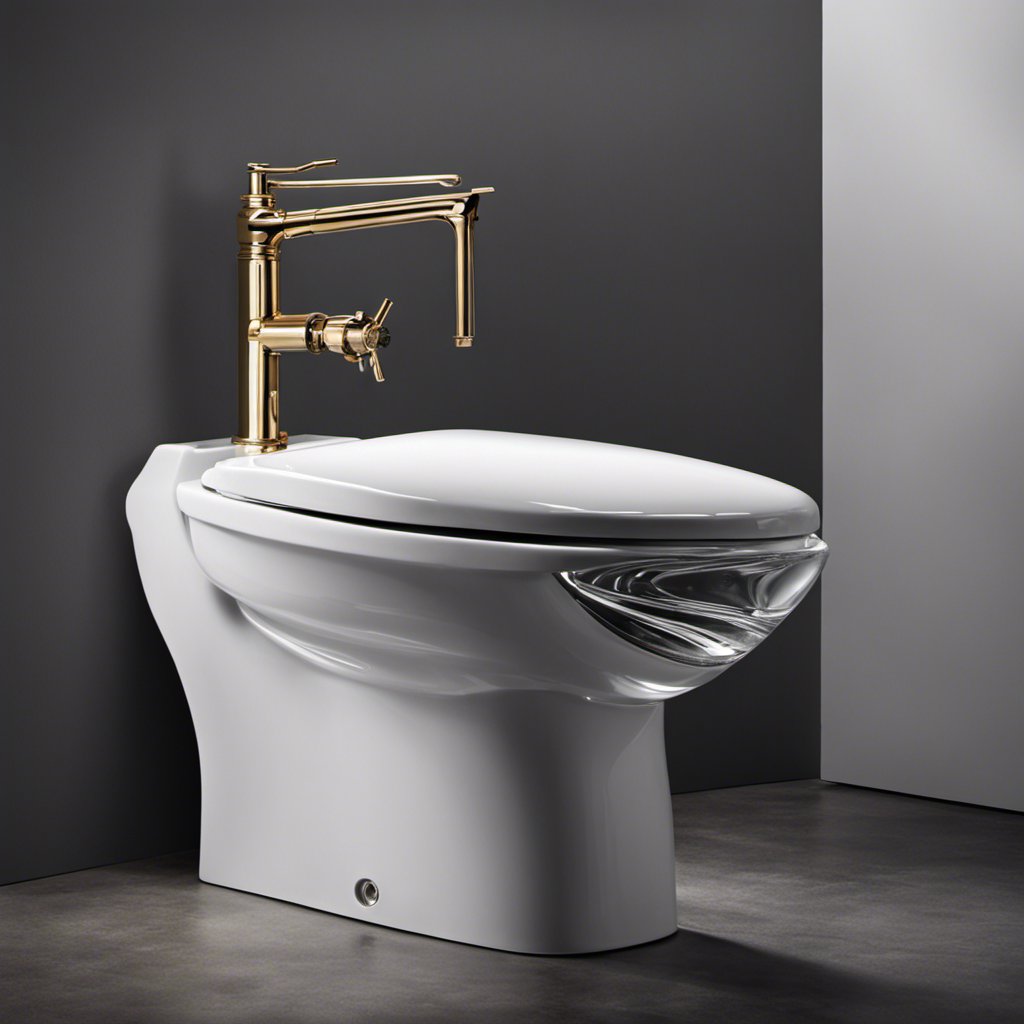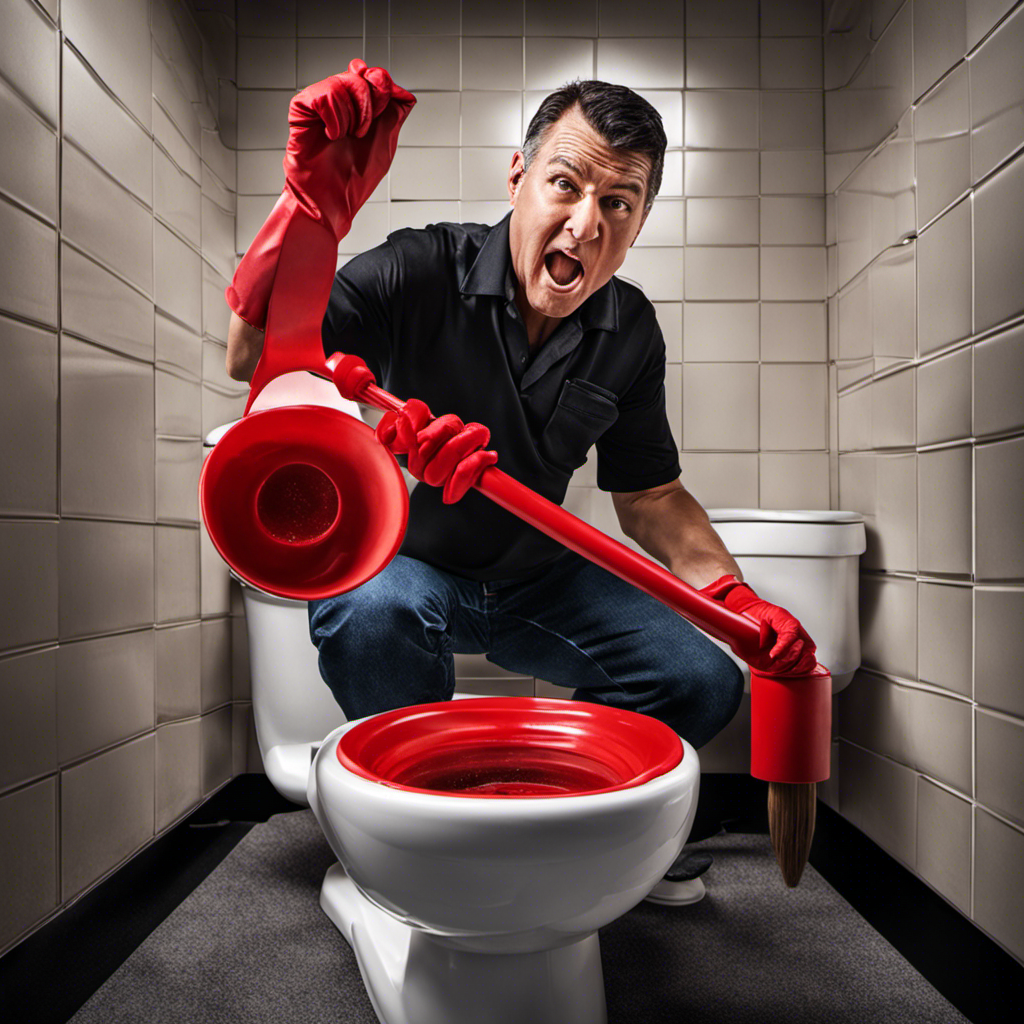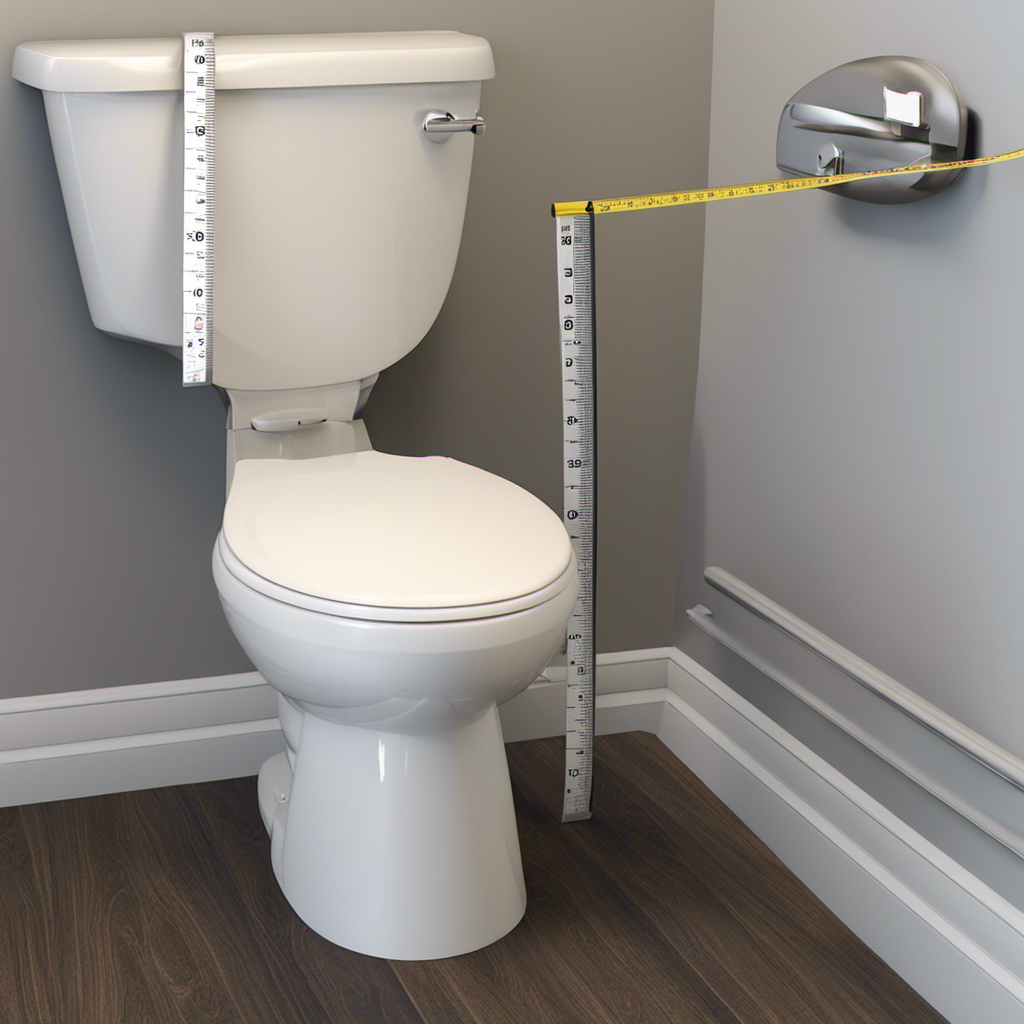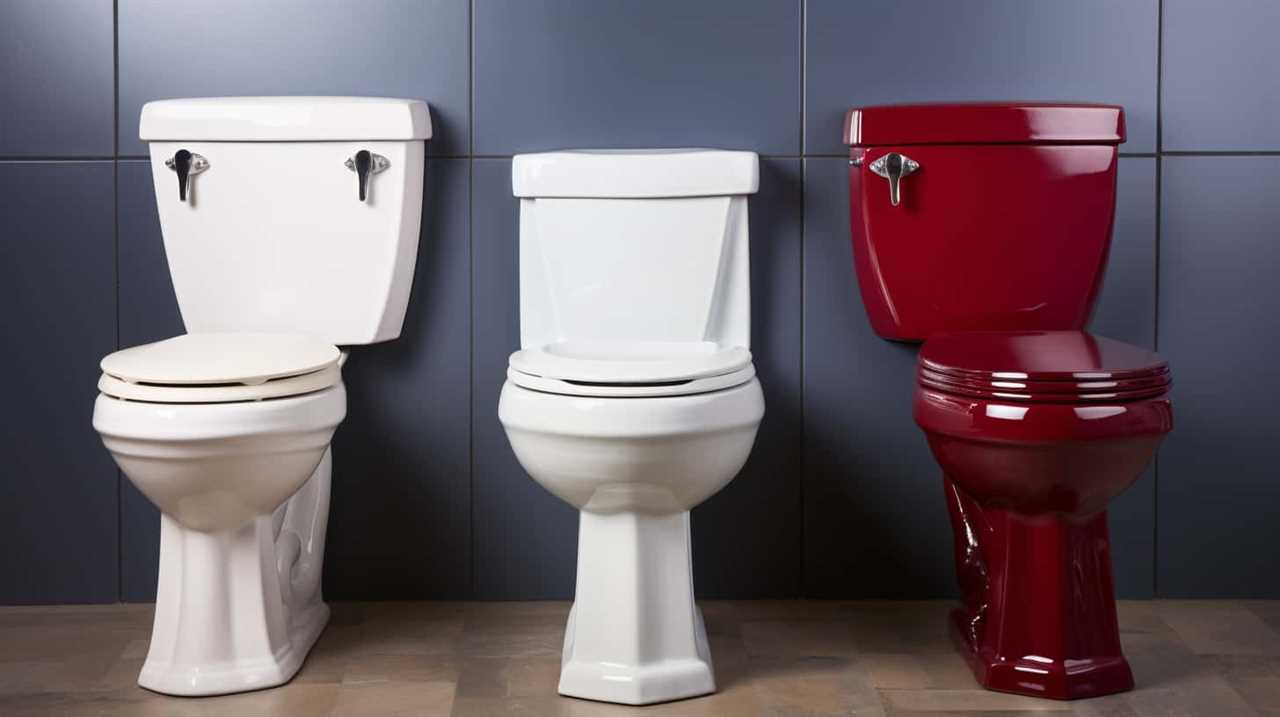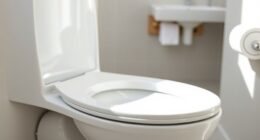I’ve experienced it myself, standing before a toilet that just won’t flush. It’s aggravating and a hassle.
But fear not, for I have delved into the depths of toilet mechanics to uncover the reasons behind this common issue.
From clogged drains and faulty valves to water supply problems and vent stack blockages, this article will equip you with the knowledge to tackle any flushing problem.
Prepare to master the art of toilet troubleshooting.
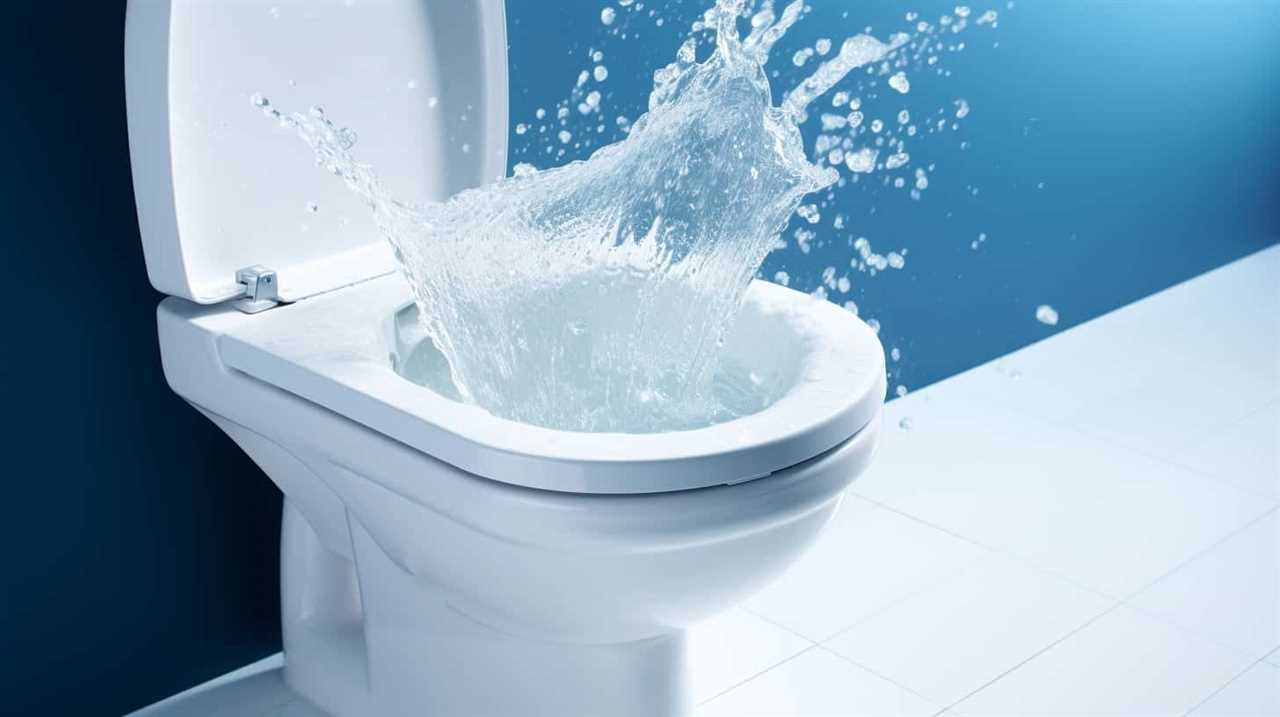
Key Takeaways
- A clogged drain and a faulty flapper valve can both cause a toilet to stop flushing properly.
- A malfunctioning fill valve and water supply issues can also lead to a toilet not flushing.
- A broken valve mechanism and low water level in the tank can disrupt the flow of water and affect flushing.
- Vent stack obstructions and flushing mechanism failures can also contribute to a toilet not flushing.
Clogged Drain
Why does a clogged drain cause a toilet to stop flushing?
A clogged drain can prevent a toilet from flushing properly due to the way the plumbing system is designed. When you flush a toilet, water is released from the tank and flows into the bowl, creating a siphon effect that removes waste from the bowl and carries it through the drain pipe. However, if the drain pipe is clogged, the water and waste can’t flow freely, causing the toilet to stop flushing.
A common cause of a clogged drain is a faulty flapper valve. The flapper valve is a rubber seal located at the bottom of the toilet tank. It’s connected to a chain that’s attached to the toilet handle. When you flush the toilet, the chain pulls the flapper valve up, allowing water to flow into the bowl. However, if the flapper valve isn’t functioning properly, it may not open fully or close properly, leading to a partial clog in the drain pipe.
To fix a clogged drain, you can try using a plunger to create pressure and dislodge the blockage. If that doesn’t work, you may need to use a plumbing snake to physically remove the clog. It’s important to address a clogged drain promptly to prevent further damage to your plumbing system.
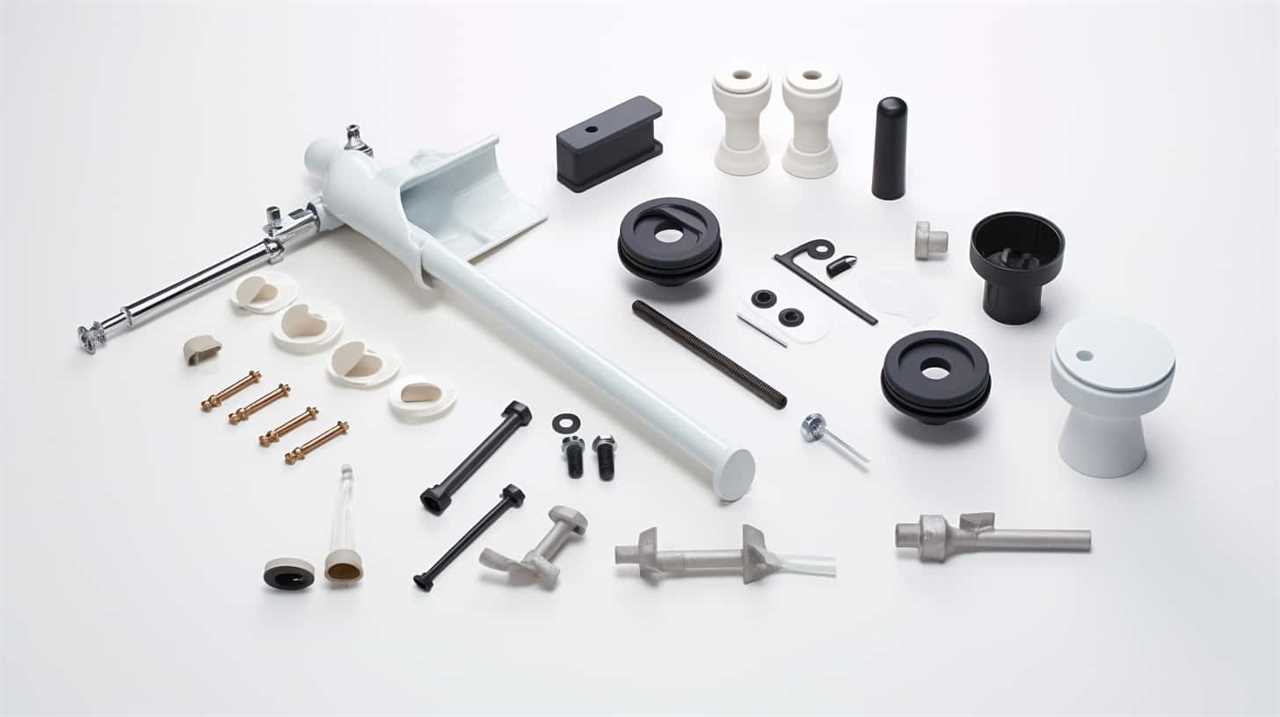
Faulty Flapper Valve
When the flapper valve in a toilet is faulty, it can disrupt the flushing mechanism and lead to a clogged drain. The flapper valve is a crucial component of the toilet’s flushing system. It’s located at the bottom of the toilet tank and is responsible for regulating the water flow when the toilet is flushed. A faulty flapper valve can cause the toilet to either not flush properly or not flush at all.
One common issue with a faulty flapper valve is when it doesn’t close properly after the flush. This can result in continuous water flow from the tank to the bowl, leading to a clogged toilet. To troubleshoot this problem, you can start by inspecting the flapper valve for any signs of wear or damage. If you notice any cracks or deterioration, it’s time to replace the flapper valve.
Another troubleshooting technique is to check the length of the chain that connects the flapper valve to the flush lever. If the chain is too loose or too tight, it can prevent the flapper valve from closing properly. Adjusting the chain to the correct length can help resolve the issue.
Malfunctioning Fill Valve
When a toilet stops flushing, one possible culprit could be a malfunctioning fill valve. This valve is responsible for regulating the flow of water into the toilet tank.
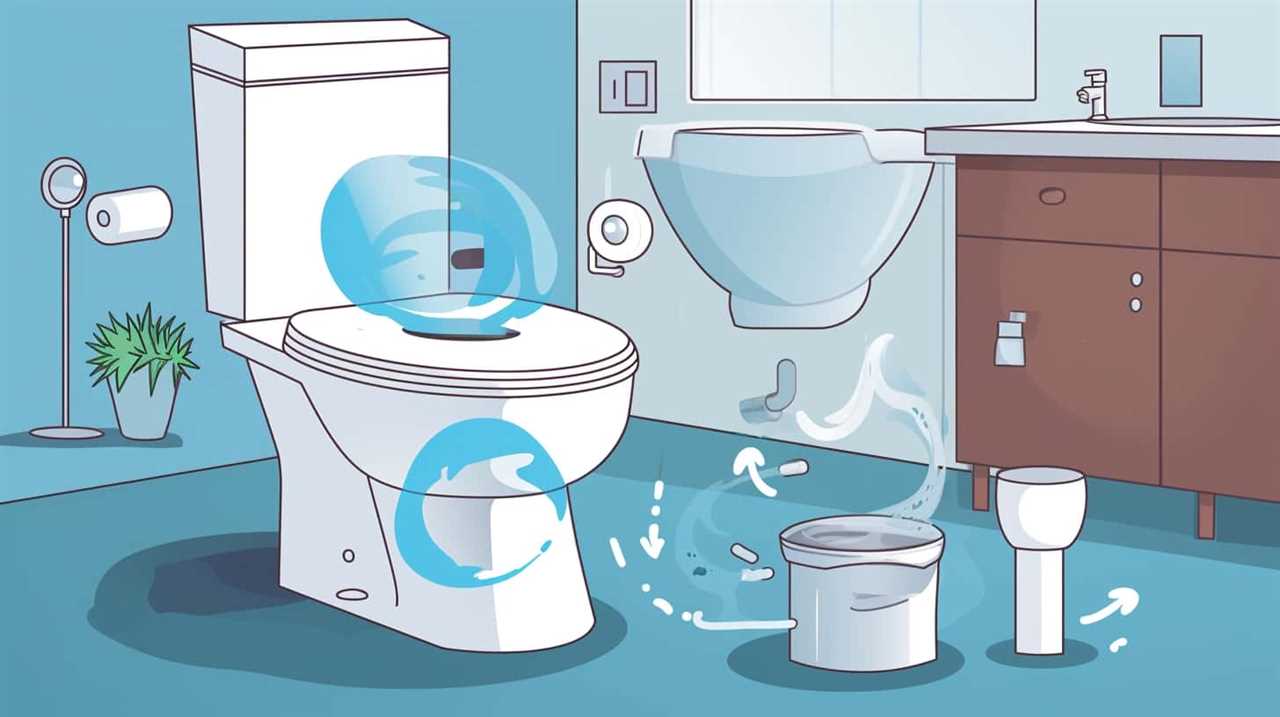
There are several points to consider when diagnosing this issue, including a potential water supply problem, a broken valve mechanism, or a clogged fill tube. Understanding these points can help determine the cause of a malfunctioning fill valve and guide the necessary repairs.
Water Supply Issue
Toilet flushing can be disrupted due to a malfunctioning fill valve, which is responsible for supplying water to the toilet tank. When the fill valve isn’t functioning properly, it can lead to a blocked water flow, preventing the tank from refilling and causing the toilet to stop flushing.
This issue is often caused by a faulty float valve, which is designed to regulate the water level in the tank. If the float valve isn’t adjusted correctly or is damaged, it can interfere with the fill valve’s operation and result in a disruption of the water supply.
To fix this problem, the fill valve may need to be replaced or adjusted to ensure proper water flow and restore the flushing functionality of the toilet.
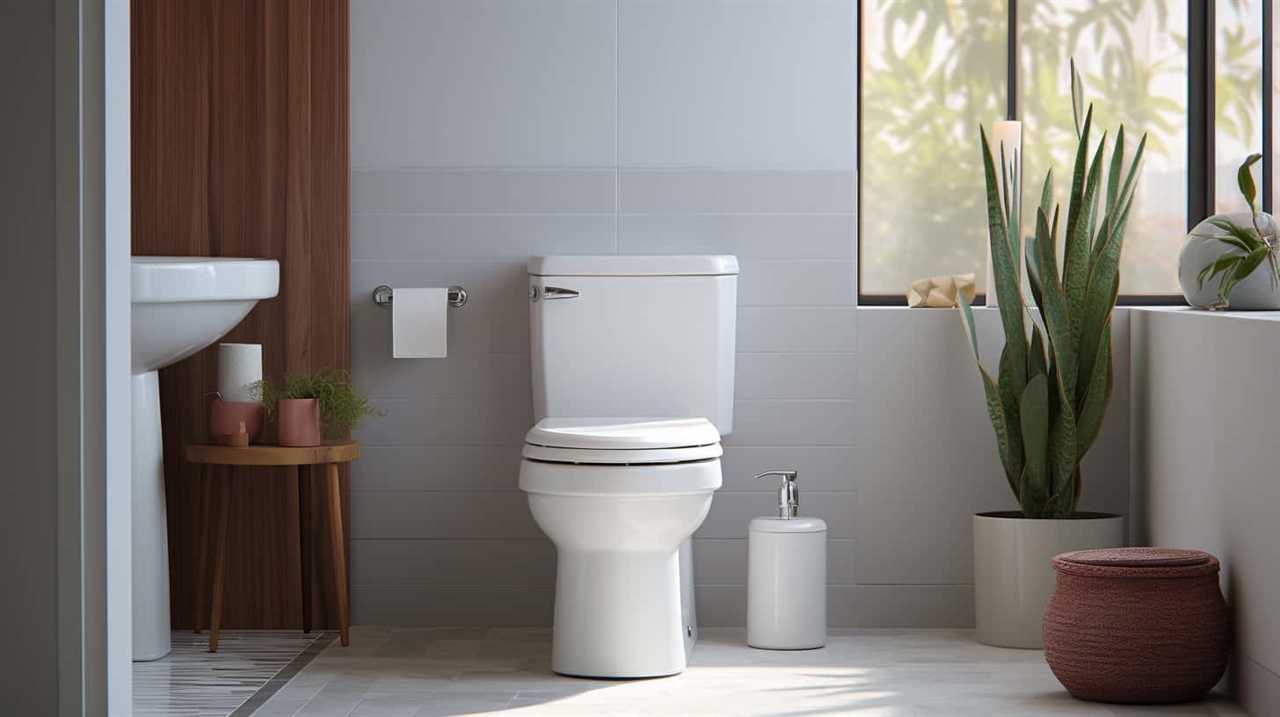
Broken Valve Mechanism
The malfunctioning fill valve is the main cause of a toilet’s flushing failure. When the fill valve is clogged or experiences a faulty mechanism, it disrupts the flow of water into the toilet tank, preventing proper flushing. A clogged valve can occur due to mineral deposits or debris buildup, obstructing the water flow. On the other hand, a faulty mechanism, such as a worn-out or damaged fill valve, can cause inconsistent water levels in the tank, leading to inadequate flushing power.
To better understand the impact of a broken fill valve on a toilet’s flushing, consider the following table:
| Issue | Symptoms |
|---|---|
| Clogged Valve | – Weak flush |
| – Incomplete flushing | |
| – Gurgling sounds | |
| Faulty Mechanism | – Constant running water |
| – Water leaking into the bowl | |
| – Inconsistent water levels in the tank |
To fix a broken fill valve, it is crucial to identify the specific issue, whether it’s a clog or a faulty mechanism. Clearing a clogged valve can often be done by cleaning or replacing the fill valve. In the case of a faulty mechanism, replacing the entire fill valve is typically necessary to restore proper flushing functionality.
Clogged Fill Tube
After experiencing a broken valve mechanism, the next potential issue that can cause a toilet to stop flushing is a clogged fill tube. The fill tube is responsible for refilling the toilet tank with water after each flush. When it becomes clogged, the water flow is restricted, leading to a weak flush or no flush at all.
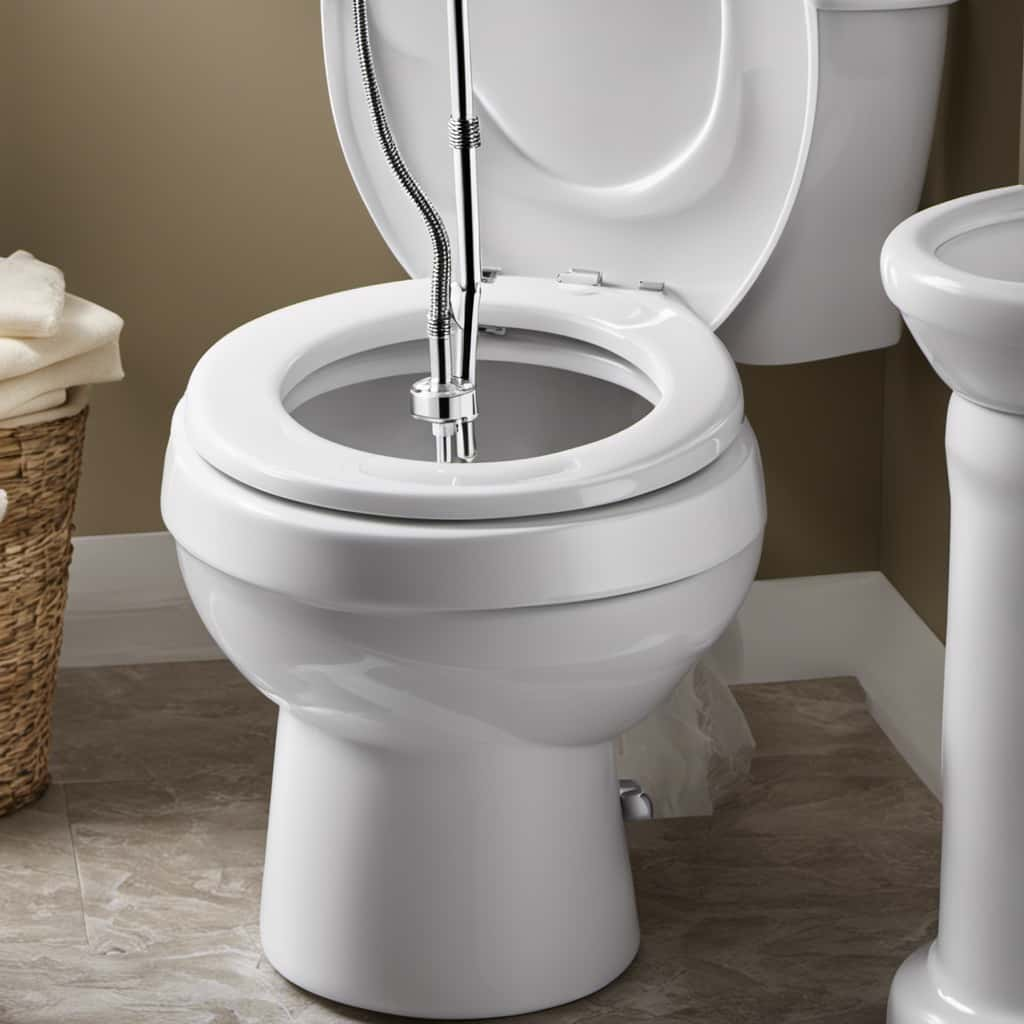
To diagnose a clogged fill tube, follow these steps:
- Check for water flow: Turn off the water supply to the toilet and disconnect the fill tube from the fill valve. Turn the water supply back on and see if water flows freely through the tube.
- Remove debris: If there’s a clog, use a small brush or wire to remove any debris blocking the fill tube.
- Clean the fill valve: A malfunctioning fill valve can also cause a clogged fill tube. Clean or replace the fill valve to ensure it’s functioning properly.
- Prevent future clogs: Regularly inspect and clean the fill tube to prevent clogs. Avoid flushing items that can easily clog the tube, such as wipes or sanitary products.
Water Supply Issues
When I experience a toilet stop flushing, one common cause is a lack of sufficient water supply. This can be due to blocked water flow or inadequate water pressure.
Blocked water flow occurs when there’s an obstruction in the water supply line or the shut-off valve is closed. These obstructions can be caused by debris, sediment buildup, or even a faulty valve.
Inadequate water pressure, on the other hand, occurs when the water pressure coming into the toilet tank is too low to properly flush the toilet. This can be caused by a problem with the main water supply line or a malfunctioning pressure regulator.
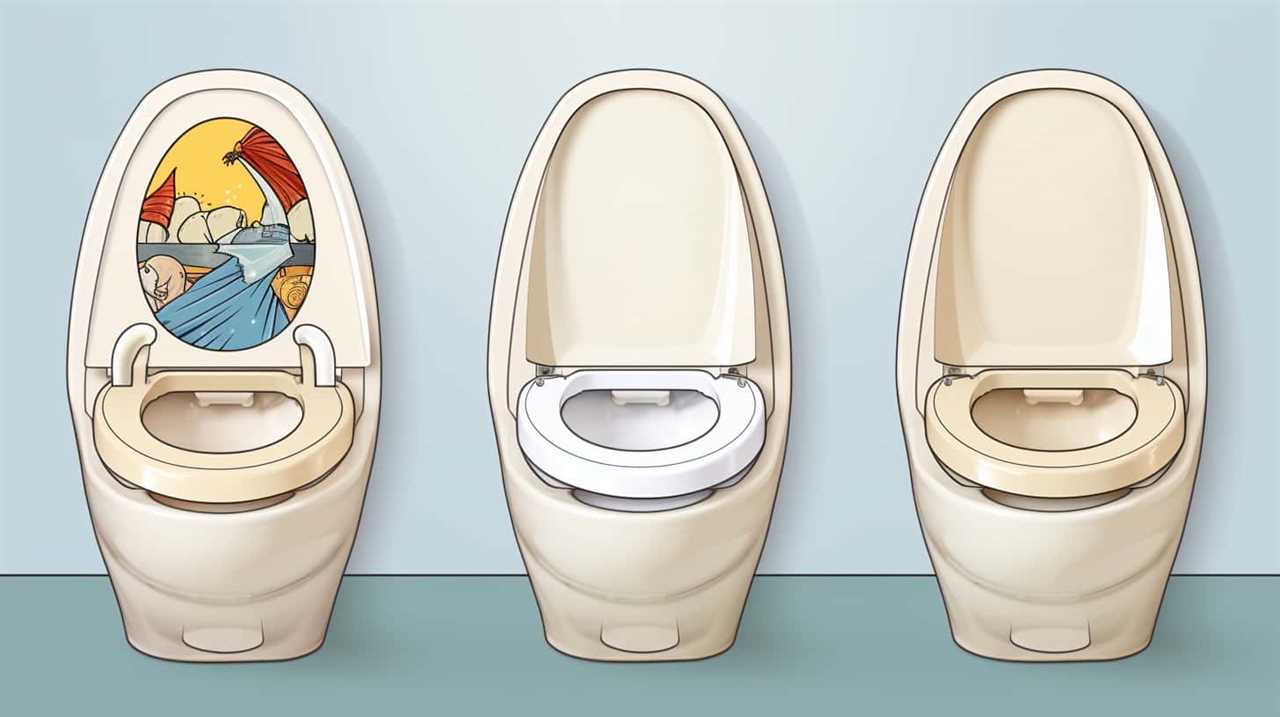
To address these water supply issues, it’s important to first check the shut-off valve and ensure it’s fully open. If the valve is open and there’s still a blocked water flow, it may be necessary to clean or replace the valve or remove any obstructions in the water supply line.
In the case of inadequate water pressure, it may be necessary to contact a professional plumber to assess and address the issue with the main water supply line or pressure regulator.
Blocked Vent Stack
When it comes to toilets, a blocked vent stack can cause a major disruption in the flushing process. The vent stack is responsible for allowing air to flow in and out of the plumbing system, creating the necessary pressure for a smooth flush. However, if the vent stack becomes obstructed, whether it be from debris or animal nests, it can prevent the proper airflow and result in a weak or non-existent flush.
Additionally, flushing mechanism failures can also contribute to a toilet not flushing properly. These failures can include issues with the flapper valve, fill valve, or even the flush handle itself.
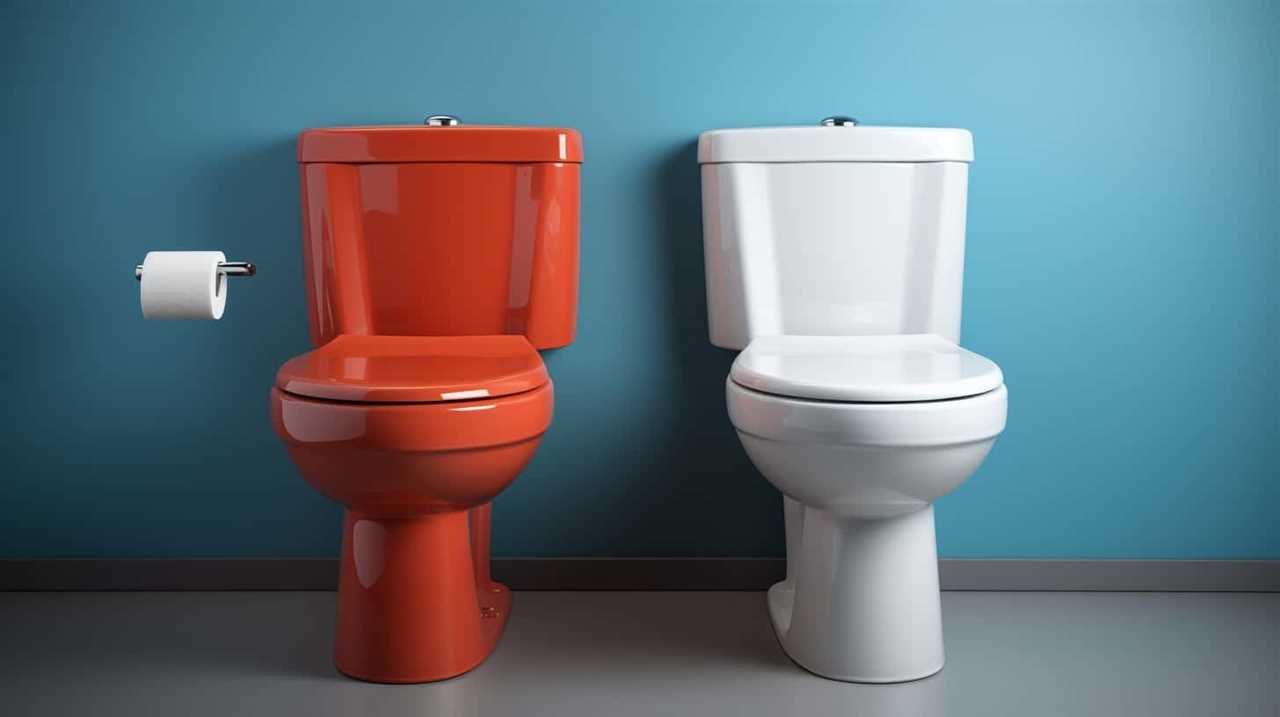
Understanding and addressing these potential problems is crucial to ensuring a fully functioning toilet.
Vent Stack Obstructions
Sometimes, an obstruction in the vent stack can cause a toilet to stop flushing. This happens when the vent stack, a vertical pipe that extends through the roof, becomes blocked.
Here are four reasons why vent stack obstructions can occur and lead to flushing mechanism failures:
- Debris buildup: Over time, debris such as leaves, twigs, and animal nests can accumulate in the vent stack, obstructing the flow of air and causing a vacuum that prevents proper flushing.
- Ice formation: In colder climates, water vapor in the vent stack can freeze, forming ice blockages. These ice formations can impede the vent stack’s ability to release the air pressure necessary for effective flushing.
- Bird nests: Birds may build nests in the vent stack, causing blockages. The nests restrict the flow of air, leading to flushing problems.
- Structural damage: Cracks, breaks, or collapse in the vent stack can obstruct the airflow, disrupting the flushing mechanism.
To resolve vent stack obstructions, it’s crucial to identify the location of the blockage and clear it using specialized tools or professional assistance. Regular maintenance and inspection of the vent stack can help prevent future obstructions and ensure proper toilet flushing.

Flushing Mechanism Failures
How can a blocked vent stack lead to flushing mechanism failures?
When a toilet becomes clogged, it can result in a variety of issues, including problems with the flushing mechanism.
One common cause of flushing mechanism failures is a blocked vent stack. The vent stack is an essential part of the plumbing system that allows air to flow into the pipes, preventing a vacuum effect that could hinder the flushing process.
When the vent stack becomes clogged, it restricts the airflow, causing a decrease in flushing power. This can result in incomplete flushing or even complete failure to flush.
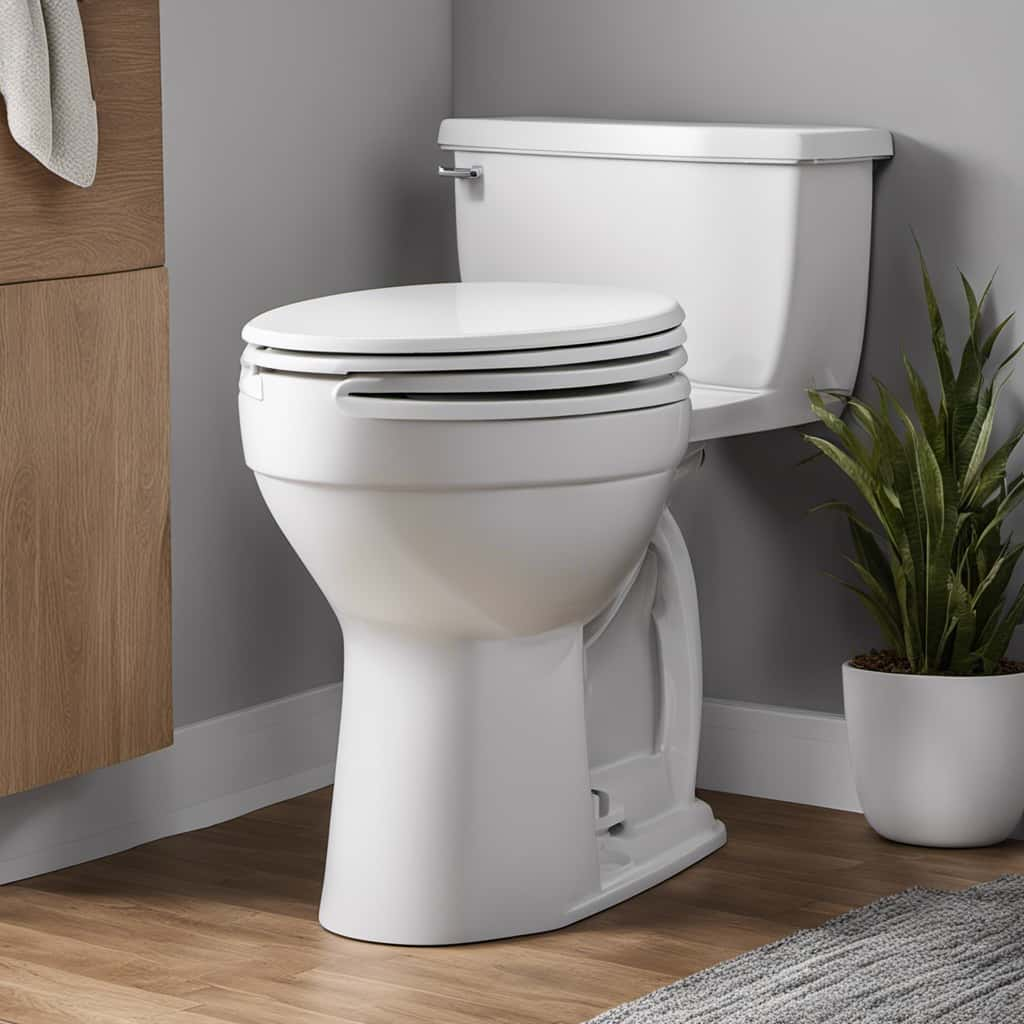
To resolve this issue, a professional toilet repair service may need to be called to clear the blockage in the vent stack and restore proper flushing functionality to the clogged toilet.
Damaged Flush Handle
I often find that a loose or broken flush handle is the most common reason why a toilet stops flushing. A damaged flush handle can prevent the lever from properly engaging the flushing mechanism, resulting in no water being released into the bowl. Here are four reasons why a damaged flush handle can cause a toilet to stop flushing:
- Worn or corroded parts: Over time, the metal parts of the flush handle can become worn or corroded, making it difficult for the lever to function properly. This can lead to a weak or ineffective flush.
- Loose connections: If the flush handle isn’t securely attached to the flushing mechanism, it may not be able to activate the flush. Loose connections can result from regular use or improper installation.
- Stuck handle: A flush handle that’s stuck in the down position can prevent the toilet from flushing. This can be caused by a buildup of debris or a clogged drain, inhibiting the handle’s movement.
- Broken handle: A flush handle that’s completely broken or detached from the flushing mechanism will render the toilet unable to flush. This can occur due to excessive force or physical damage.
When a flush handle is damaged, it’s crucial to repair or replace it promptly to restore the functionality of the toilet. If left unaddressed, a damaged flush handle can lead to further complications, such as a broken lift chain, which we’ll explore in the next section.
Broken Lift Chain
A broken lift chain can cause a toilet to stop flushing. The lift chain is an essential component of the toilet flushing mechanism, connecting the flush handle to the flapper valve. When the handle is pushed down, it pulls on the lift chain, which in turn lifts the flapper valve, allowing water to flow from the tank into the bowl. However, if the lift chain becomes blocked or damaged, it can interfere with the flushing process.
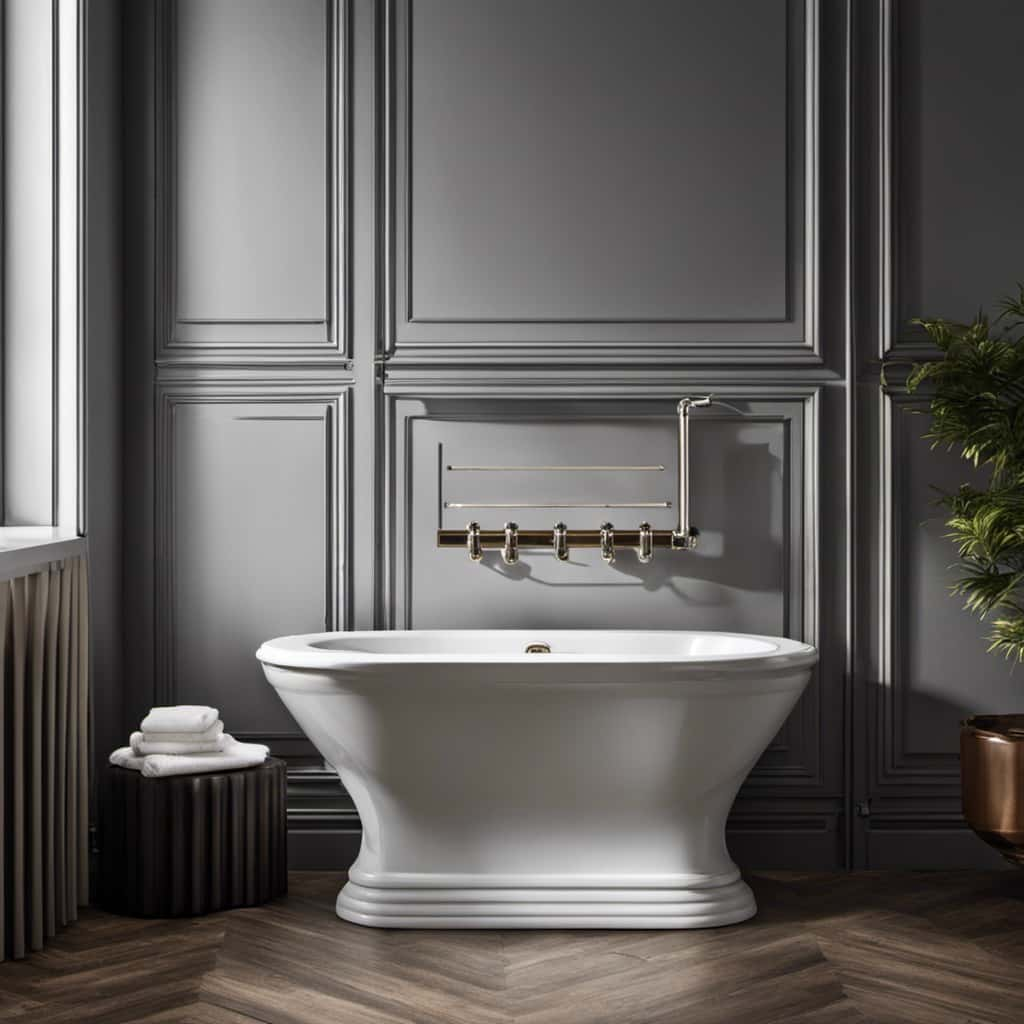
One common issue with the lift chain is a blockage. Over time, mineral deposits, debris, or even tangled toilet paper can accumulate on the chain, preventing it from moving freely. This blockage can prevent the lift chain from properly lifting the flapper valve, resulting in a weak or incomplete flush.
Another problem with the lift chain is damage. If the chain becomes too loose or too tight, it can affect its ability to raise the flapper valve effectively. Additionally, a broken or disconnected lift chain won’t be able to lift the flapper valve at all, causing the toilet to stop flushing altogether.
To address these toilet chain issues, it’s important to inspect the lift chain regularly and ensure that it’s free from blockages or damage. If a blockage is present, it can be cleared by gently cleaning the chain with a brush or removing any obstructions. If the lift chain is damaged, it may need to be adjusted or replaced to restore proper flushing functionality.
Regular maintenance and prompt repairs can help prevent a broken lift chain from causing a toilet to stop flushing.
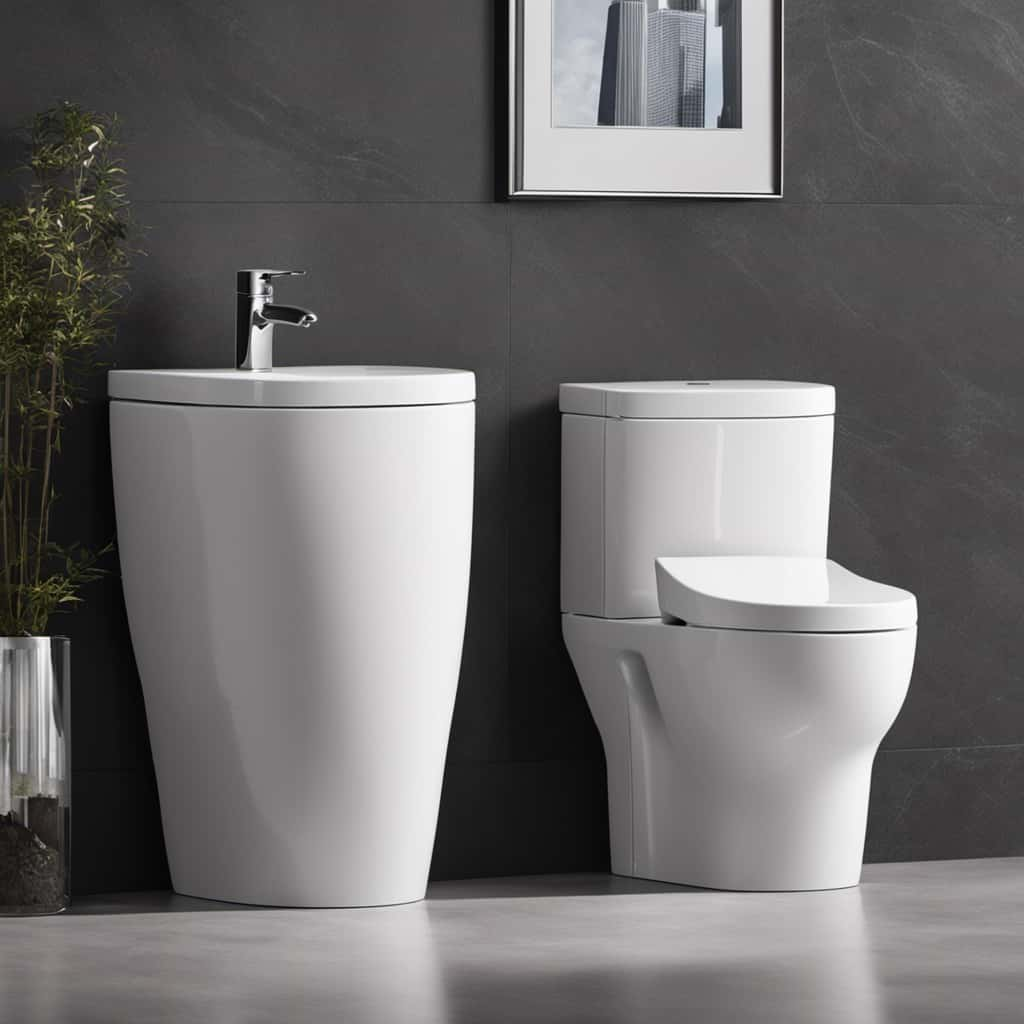
Low Water Level in Tank
When the water level in the toilet tank is low, there are a few potential reasons for this issue. One possibility is a faulty fill valve, which is responsible for refilling the tank after each flush.
Another cause could be a clogged water supply, restricting the flow of water into the tank.
Lastly, a flapper that isn’t sealing properly may also result in a low water level.
These points will be further discussed in the following paragraphs.
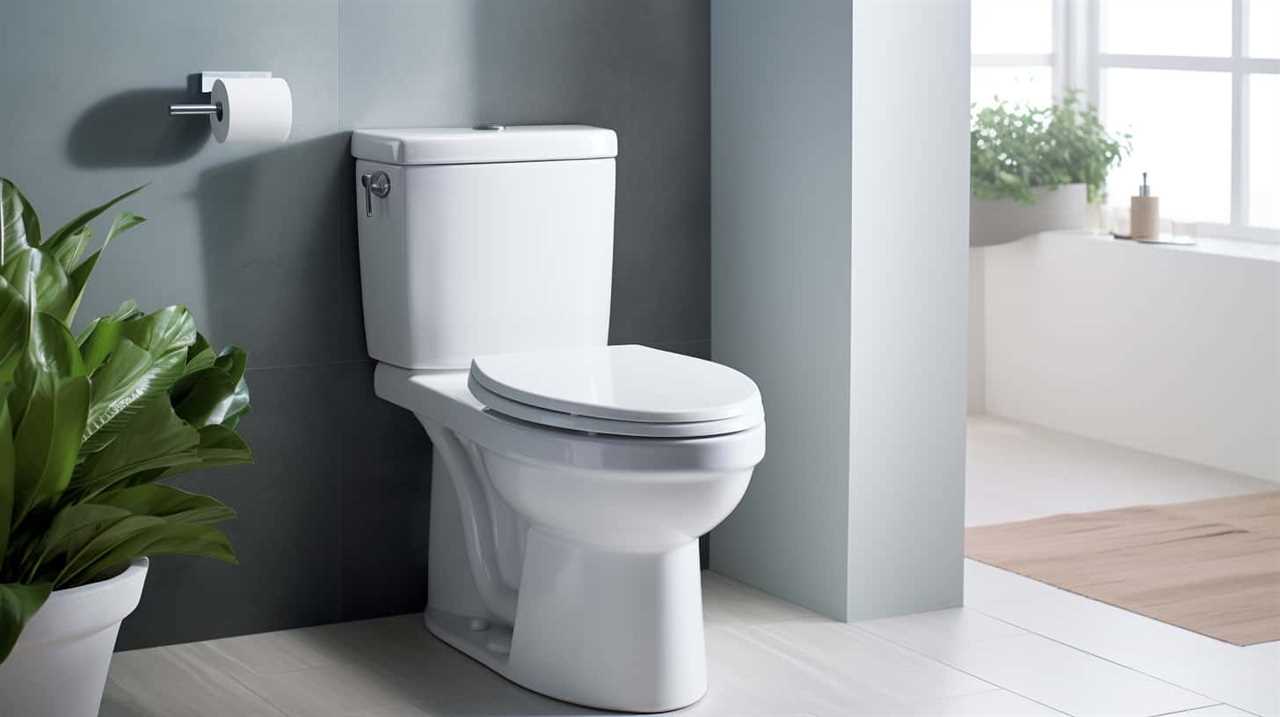
Faulty Fill Valve
With a faulty fill valve, the water level in the tank of a toilet can become too low to effectively flush. This can happen due to various reasons, but the most common one is a decrease in water pressure caused by a faulty float.
Here are four key things to know about a faulty fill valve:
- Water pressure: When the fill valve is faulty, it may not allow enough water into the tank. This leads to low water pressure, making it difficult for the toilet to flush properly.
- Faulty float: The fill valve relies on a float to control the water level in the tank. If the float is damaged or misaligned, it can prevent the fill valve from properly closing, resulting in a low water level.
- Incomplete flush: When the water level in the tank is too low, it may not provide enough force to effectively flush down waste. This can lead to repeated flushing or even clogs.
- Replacement: If you suspect a faulty fill valve, it’s important to replace it promptly. A new fill valve will restore proper water pressure and ensure a full flush every time.
Clogged Water Supply
Toilet flushing can also be affected by a clogged water supply, which results in a low water level in the tank. A blocked water flow or water pressure issues can prevent the tank from filling up properly, leading to a weak or incomplete flush.
When the water supply is clogged, it restricts the flow of water into the tank, causing the water level to drop below the normal level. This reduced water level translates into inadequate pressure and volume during flushing, resulting in a weak or ineffective flush.
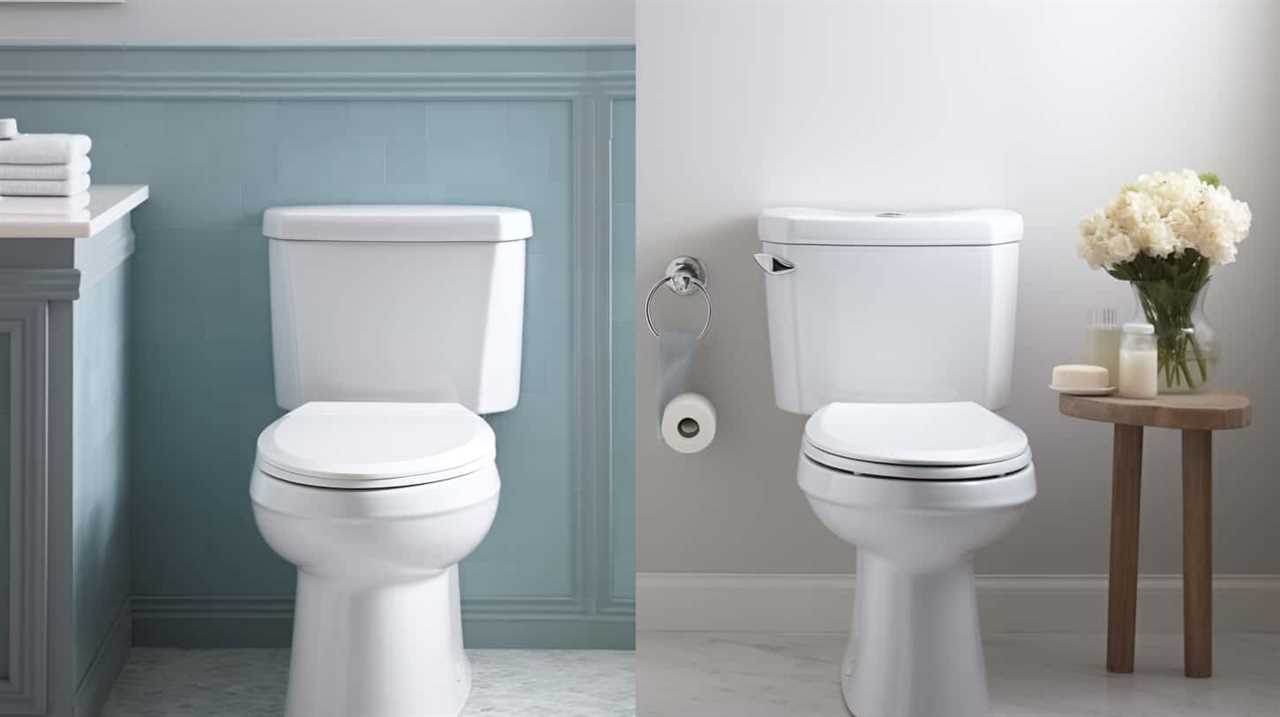
To resolve this issue, it’s important to check for any blockages in the water supply line, such as debris or mineral buildup. Clearing these blockages and ensuring proper water flow will help alleviate the low water level and restore the toilet’s flushing capability.
Now let’s move on to the next section about the ‘flapper not sealing’.
Flapper Not Sealing
Continuing from the previous subtopic, I noticed that the flapper in my toilet wasn’t sealing properly, resulting in a low water level in the tank. This issue can lead to inefficient flushing and potential water wastage.
To address this problem, I considered two options: flapper adjustment or flapper replacement.
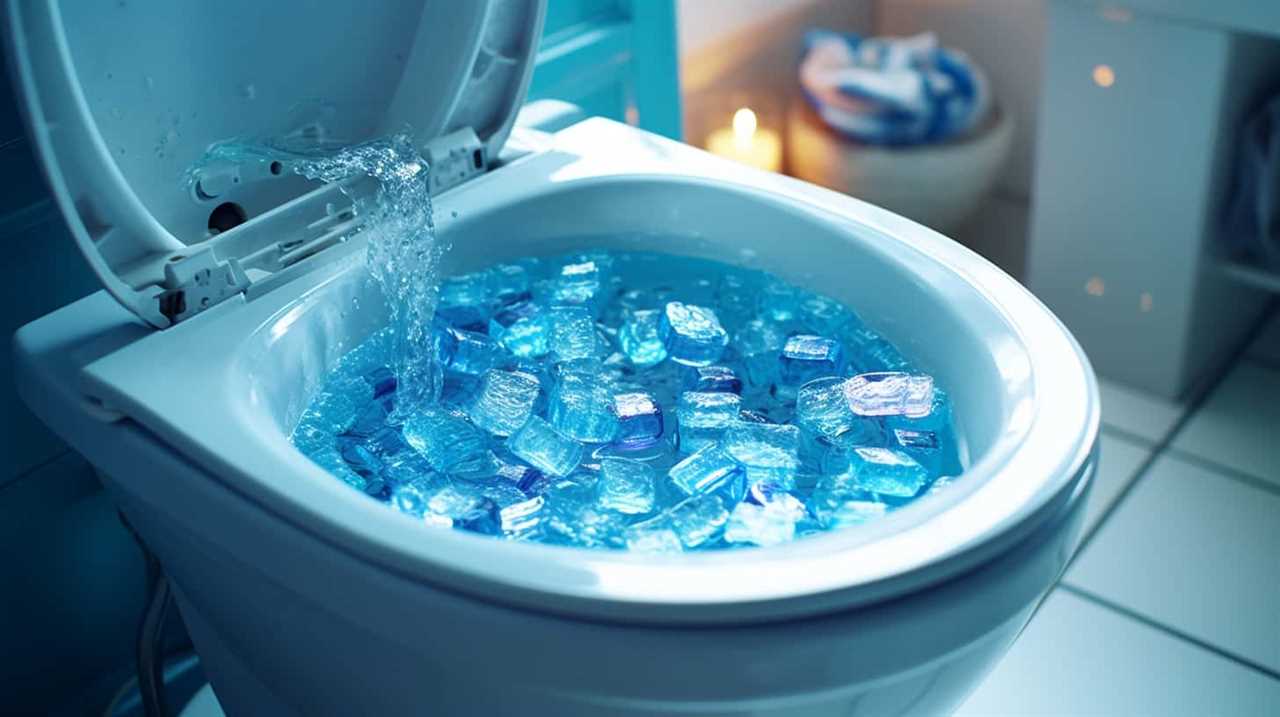
Here are four steps to help you determine the best course of action:
- Check the flapper: Inspect the flapper for any signs of wear, damage, or misalignment. Ensure it’s properly seated on the flush valve opening.
- Adjust the flapper chain: If the flapper is in good condition, check the length and tension of the chain. It should have a slight slack, allowing the flapper to fully close.
- Clean the flapper and valve seat: Mineral deposits or debris can prevent a proper seal. Clean the flapper and the valve seat using a mild cleaner or vinegar to remove any buildup.
- Consider flapper replacement: If the flapper is worn out or damaged beyond repair, it may be necessary to replace it. Choose a flapper that matches your toilet model and follow the manufacturer’s instructions for installation.
Mineral Buildup in Pipes
I’ve noticed that mineral buildup in the pipes can often be the cause of a toilet stop flushing. When water flows through pipes, it can leave behind mineral deposits over time. These deposits, commonly known as limescale, can accumulate and restrict the flow of water, causing blockages in the plumbing system. To understand the impact of mineral buildup, let’s take a look at the following table:
| Problem | Description | Solution |
|---|---|---|
| Mineral buildup | Accumulation of minerals in pipes | Regular cleaning of pipes to remove mineral deposits |
| Reduced water flow | Restriction of water flow due to buildup | Install a water softener to prevent mineral buildup |
| Clogged pipes | Complete blockage of water flow | Use mineral removal techniques such as vinegar or citric acid to dissolve mineral deposits |
To prevent mineral buildup in pipes, it is crucial to implement preventive measures. Installing a water softener can help reduce the minerals in the water supply, minimizing the chances of buildup. Regularly cleaning the pipes using mineral removal techniques, such as vinegar or citric acid, can also help prevent blockages caused by mineral deposits.
Now that we have discussed mineral buildup in pipes, let’s move on to the subsequent section about an obstructed siphon jet.

Obstructed Siphon Jet
When it comes to a toilet that won’t flush, one possible culprit is an obstructed siphon jet. The siphon jet is a small opening located at the bottom of the toilet bowl that helps create the necessary suction for a proper flush.
Common causes of blockage include mineral buildup, debris, or foreign objects.
To unclog the siphon jet, you can try using a plunger, a toilet auger, or a mixture of vinegar and baking soda.
If these DIY methods don’t work, it may be time to call a plumber to address the issue.
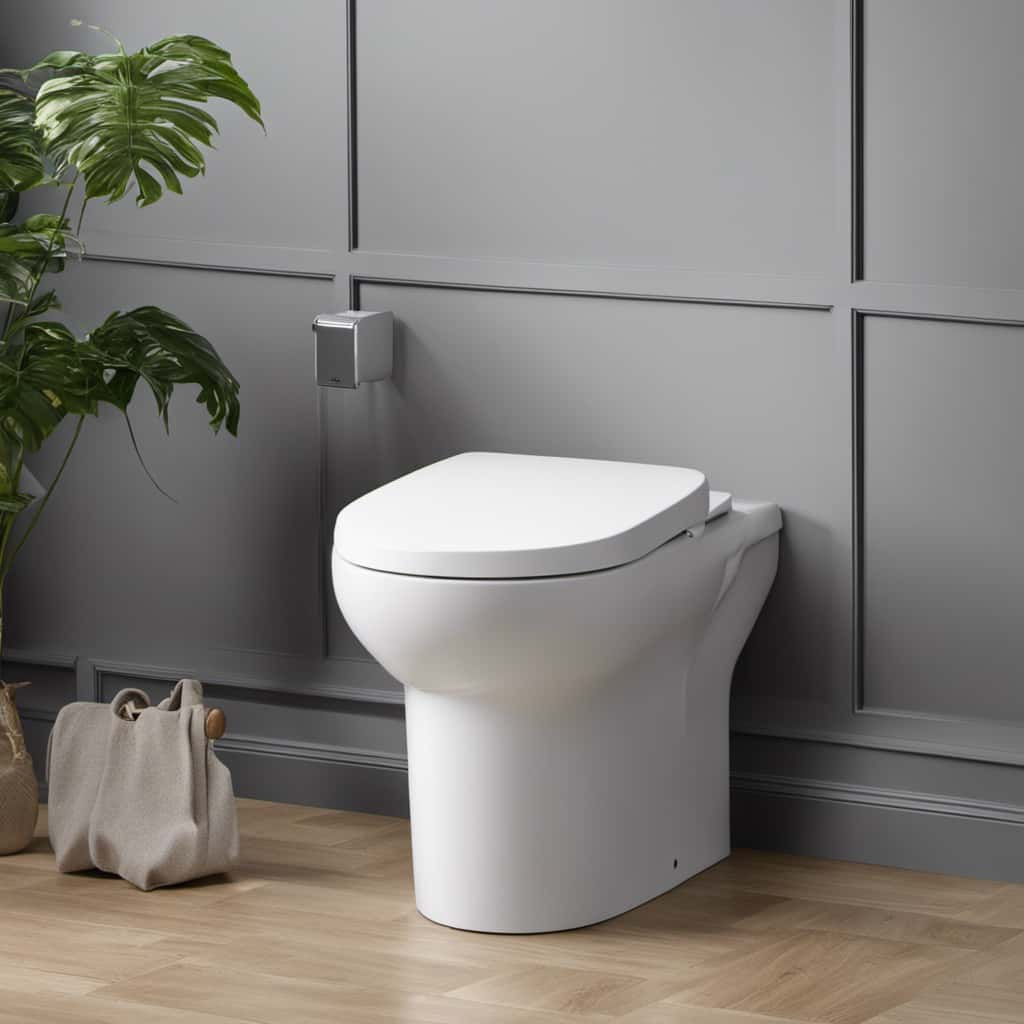
Common Blockage Causes
One common cause of a toilet stop flushing is an obstruction in the siphon jet. The siphon jet is an essential part of the toilet’s flushing mechanism, responsible for creating the necessary suction to flush waste down the drain. When it becomes blocked, the flushing action is hindered, leading to a non-functioning toilet. Here are the common blockage causes related to an obstructed siphon jet:
- Buildup of mineral deposits: Over time, minerals from hard water can accumulate in the siphon jet, causing blockages.
- Foreign objects: Small objects like toys, sanitary products, or excessive toilet paper can accidentally find their way into the toilet, obstructing the siphon jet.
- Tree roots: In rare cases, tree roots can infiltrate the plumbing system and obstruct the siphon jet.
- Pipe collapse: A collapsed pipe, often caused by aging or excessive pressure, can block the siphon jet.
Understanding these blockage causes can help determine when to attempt DIY unclogging methods and when it’s necessary to call a plumber.
Now, let’s delve into some effective DIY unclogging methods.
DIY Unclogging Methods
To unclog an obstructed siphon jet, start by using a plunger. Make sure the plunger is the right size to fit over the drain hole in the toilet bowl. Place the plunger over the hole and firmly press down, creating a tight seal. Then, rapidly move the plunger up and down to create suction and dislodge the blockage. Repeat this process several times if necessary.
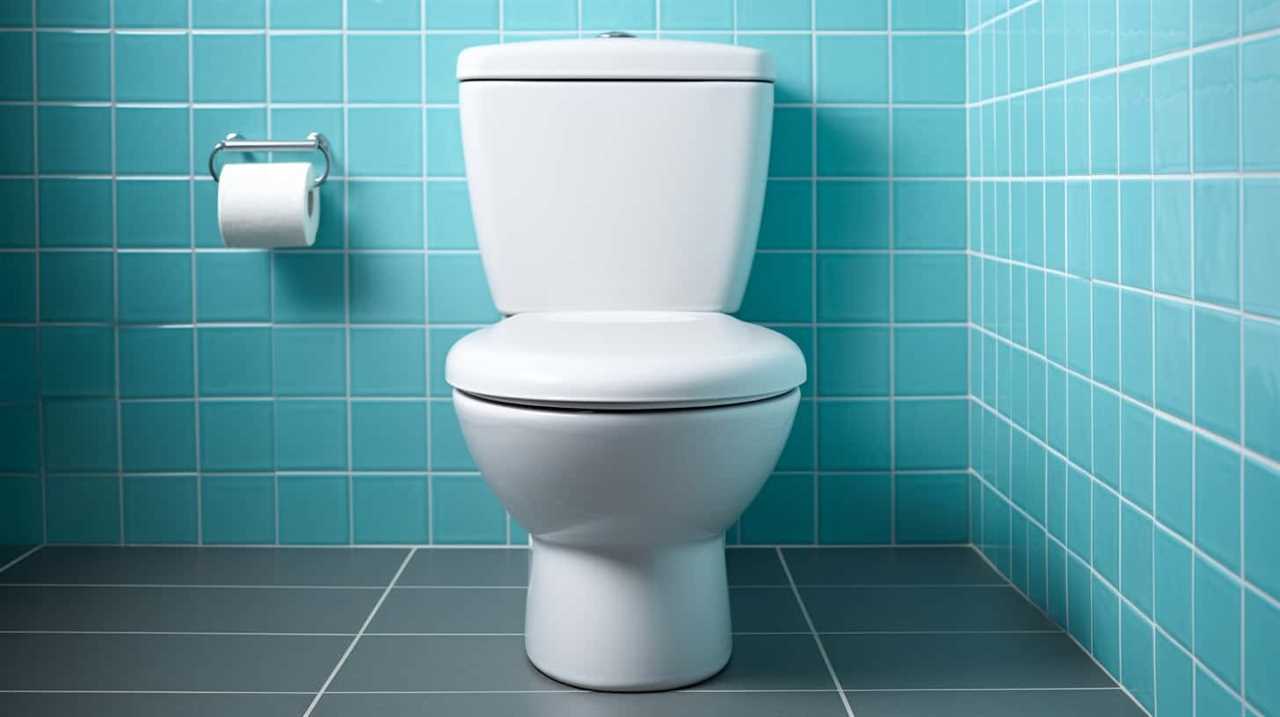
If the plunger doesn’t work, you can try using a plumbing snake or auger. Insert the snake into the toilet drain and rotate it clockwise to break up the clog. Pull the snake out and flush the toilet to see if the blockage has been cleared.
In some cases, the blockage may be too stubborn to remove with DIY methods. If you’ve tried everything and the toilet still won’t flush, it’s best to call a professional plumber to avoid causing further damage.
When to Call Plumber
If the blockage in the siphon jet persists despite DIY unclogging attempts, it’s time for me to call a professional plumber. Here are four signs that indicate I should seek professional help to address an obstructed siphon jet:
- Recurring clogs: If the blockage keeps coming back even after I’ve tried various unclogging methods, it suggests a more serious issue that requires the expertise of a plumber.
- Slow drainage: If the toilet drains slowly or not at all, it could be a sign of an obstructed siphon jet. This indicates that the waste isn’t being effectively flushed away.
- Gurgling sounds: Unusual gurgling noises coming from the toilet when it’s flushed could indicate a blockage in the siphon jet. This can be a sign of a significant obstruction that needs professional attention.
- Foul odor: A persistent foul smell emanating from the toilet, even after cleaning, may indicate a blockage in the siphon jet. This suggests that waste isn’t being properly flushed away and requires the expertise of a plumber to resolve the issue.
When these signs of a serious issue persist despite DIY unclogging attempts, it’s essential to call a professional plumber to address the obstructed siphon jet effectively.
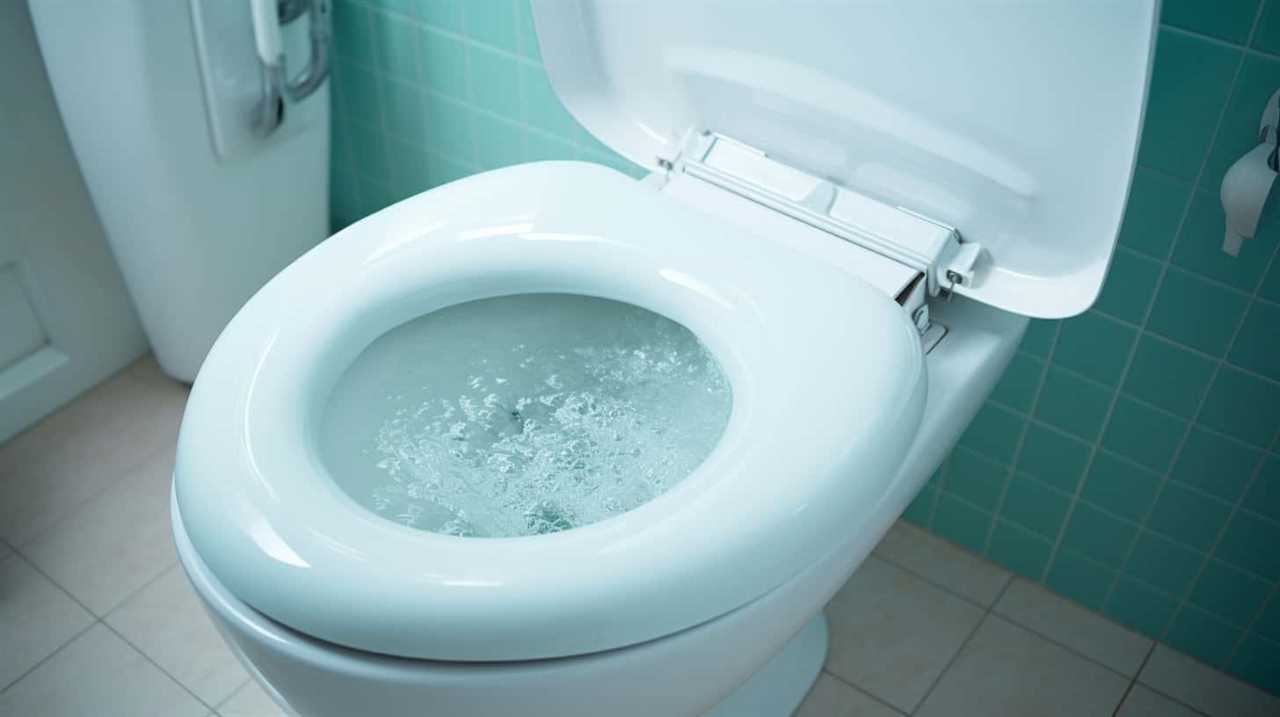
Corroded or Rusty Parts
Sometimes, when a toilet stops flushing, it could be due to the presence of corroded or rusty parts. Corrosion and rust can occur in various components of a toilet, such as the flapper, flush valve, or even the handle mechanism. These issues can hinder the smooth operation of the toilet, leading to a lack of flushing power or a complete failure to flush.
To diagnose if corroded or rusty parts are causing the flushing problem, start by inspecting the visible parts of the toilet. Look for signs of rust or corrosion on the handle, the chain connecting the handle to the flapper, and the flapper itself. Additionally, check the flush valve for any signs of rust or corrosion. If any of these parts appear worn, rusted, or corroded, they may be the culprit behind the toilet’s malfunction.
Preventing toilet clogs caused by corroded or rusty parts can be achieved through regular maintenance. Inspect and clean the toilet components periodically, removing any build-up of rust or corrosion. If a part is severely corroded or rusted, it may need to be replaced. By addressing these issues promptly, you can ensure the proper functioning of your toilet and prevent further damage or clogs.
Improper Installation
When dealing with a toilet that has stopped flushing, another potential cause to consider is improper installation, which can lead to various operational issues. Improper installation refers to the incorrect or subpar installation of the toilet components, such as the wax ring, flange, or water supply line.
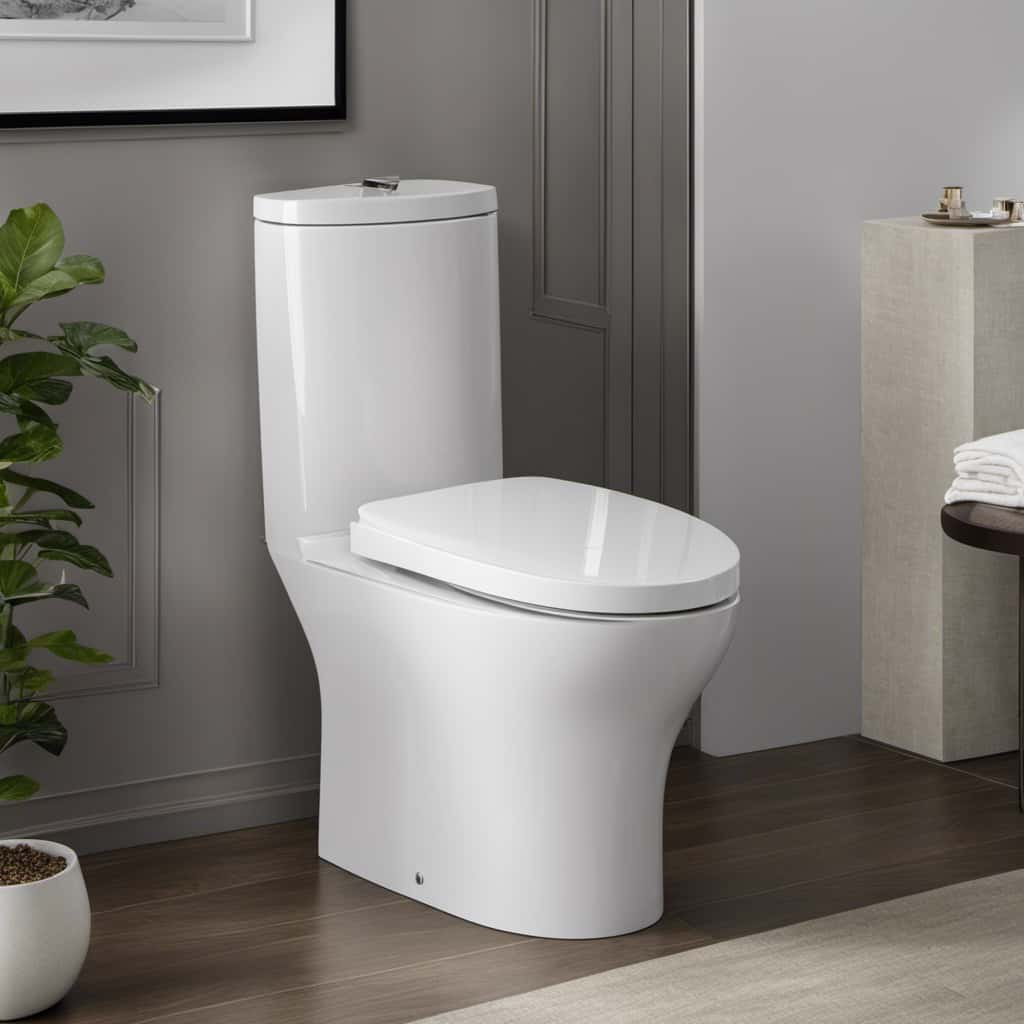
Here are four signs of improper installation and some DIY installation tips to help address these issues:
- Uneven toilet: If the toilet rocks or wobbles when you sit on it, it could indicate an improper installation. To fix this, you can try tightening the bolts connecting the toilet to the floor. If that doesn’t work, you may need to reinstall the toilet using a new wax ring.
- Leaking water: A common sign of improper installation is a leaking toilet. Check for water pooling around the base of the toilet or a persistent water leak. To fix this issue, you should inspect and replace the wax ring if it’s damaged or improperly installed.
- Weak flush: If your toilet’s flush is weak or incomplete, it may be due to improper installation of the flapper or flush valve. Check these components and ensure they’re properly aligned and functioning.
- Constant running water: An improperly installed fill valve can cause your toilet to constantly run water. Adjusting the fill valve’s height or replacing it with a new one can help resolve this issue.
Leaking Flush Valve
A leaking flush valve is a common issue that can cause a toilet to stop flushing properly. When faced with this problem, it’s important to diagnose the leaks and implement troubleshooting solutions to restore the toilet’s functionality.
To diagnose a leaking flush valve, start by checking for visible signs of water leakage around the base of the toilet. If there’s water pooling or dampness, it indicates a leak. Another way to identify a leaking flush valve is by conducting a dye test. Add a few drops of food coloring to the toilet tank and wait for a few minutes. If the colored water appears in the toilet bowl without flushing, it confirms a leak in the flush valve.
Once the leak is identified, troubleshooting solutions can be implemented. Start by inspecting the flush valve seal for any signs of damage or wear. If the seal is faulty, it should be replaced with a new one. Additionally, ensure that the flush valve is properly aligned and tightly secured. Loose connections can also cause leaks.
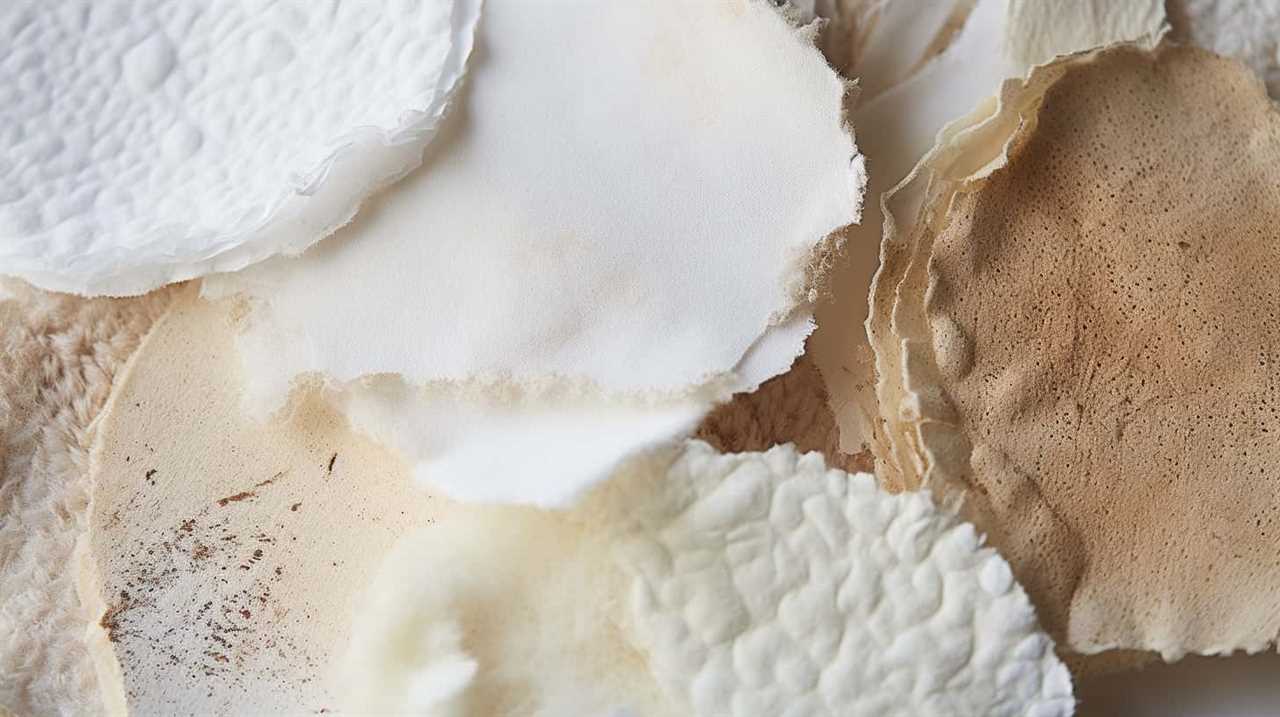
Overuse of Toilet Paper
Toilet paper consumption can also contribute to a toilet’s flushing problems. Here are four reasons why overuse of toilet paper can lead to issues:
- Clogging: Excessive amounts of toilet paper can overwhelm the plumbing system and cause blockages in the pipes. This can result in slow or ineffective flushing, leading to potential backups and costly repairs.
- Environmental Impact: The production and disposal of toilet paper have a significant environmental impact. The manufacturing process involves cutting down trees, consuming water, and releasing greenhouse gases. Moreover, the disposal of used toilet paper contributes to landfill waste.
- Sewer Line Damage: When flushed in large quantities, toilet paper can accumulate in the sewer lines, leading to clogs and damage. This can cause sewage backups and unpleasant odors in your home.
- Toilet Paper Alternatives: Consider exploring alternatives to traditional toilet paper to reduce consumption and minimize the environmental impact. Options such as bidets, wet wipes, or reusable cloth wipes can be used as alternatives for a more sustainable approach.
As excessive toilet paper usage can contribute to sewer line problems, it’s important to address these issues promptly to avoid further complications. Now, let’s delve into the subsequent section about ‘sewer line problems’ to understand their causes and potential solutions.
Sewer Line Problems
To address sewer line problems, I experienced a major blockage in my home’s plumbing system last month. It was a frustrating ordeal that resulted in a sewage backup. The blockage occurred in the sewer line, which is responsible for carrying wastewater away from the house and into the municipal sewer system.
A blocked sewer line can occur due to various reasons. One common cause is the accumulation of solid debris, such as grease, hair, or foreign objects, in the pipes. Over time, these materials can build up and create a blockage, preventing the proper flow of sewage.
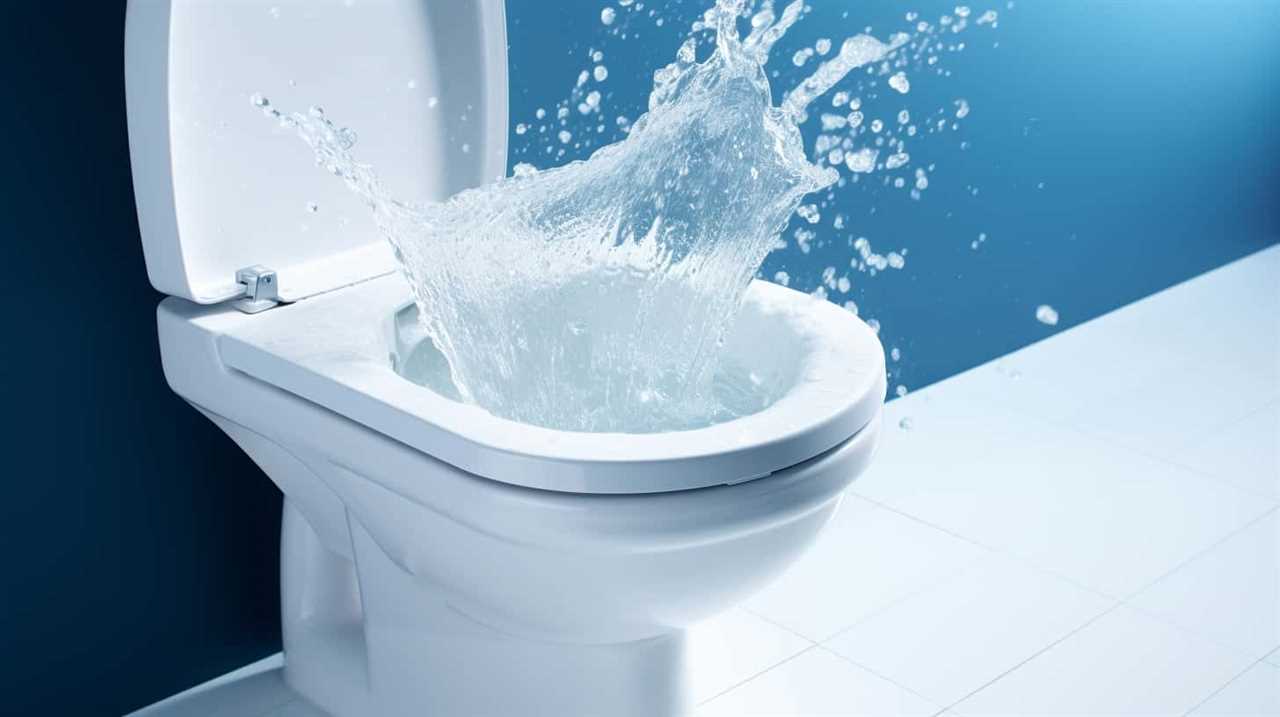
Another potential cause of a blocked sewer line is tree root intrusion. Tree roots are naturally drawn to sources of water, and they can infiltrate the sewer pipes through small cracks or joints. As the roots grow, they can cause significant damage to the pipes, leading to blockages and sewage backups.
In my case, the blockage was caused by a combination of grease and foreign objects that had accumulated in the sewer line over time. It required professional intervention to locate and remove the blockage, and to repair any damage caused by the backup.
To prevent blocked sewers and sewage backups, it’s crucial to avoid flushing anything other than toilet paper and human waste down the toilet. Additionally, regular maintenance and inspections of the sewer line can help identify and address any potential issues before they escalate into major problems.
Frequently Asked Questions
How Do I Fix a Toilet That Is Constantly Running?
To fix a toilet that’s constantly running, you may need to replace the toilet flapper or adjust the toilet float.
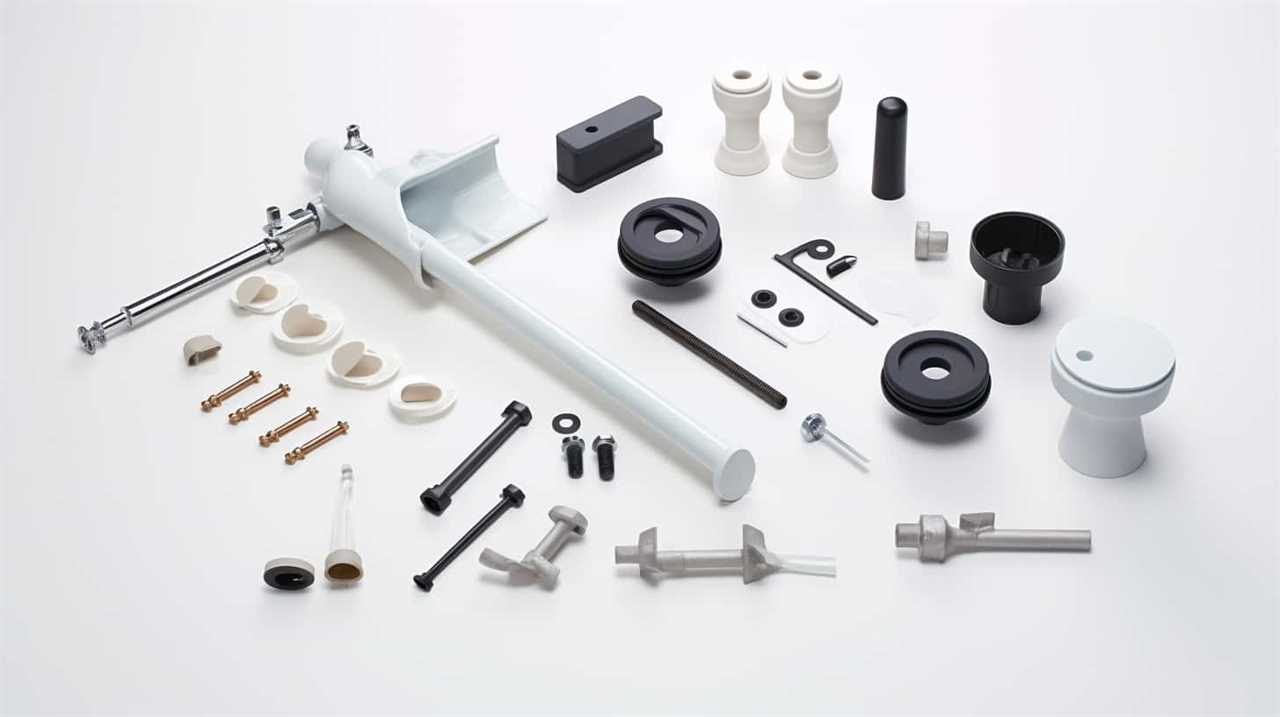
This problem occurs when the flapper doesn’t create a proper seal or the float is set too high. By replacing the flapper, you ensure a tight seal, preventing water from continuously flowing into the toilet bowl.
Adjusting the float will control the water level and stop the toilet from running excessively.
Why Does My Toilet Make a Gurgling Sound When Flushed?
When my toilet makes a gurgling sound after flushing, I start by investigating the possible causes. It could be due to a clog in the drain pipe, a blocked vent pipe, or a malfunctioning fill valve.
To fix a gurgling toilet, I first check for any visible blockages and try using a plunger. If that doesn’t work, I may need to call a professional plumber to inspect and resolve the issue.
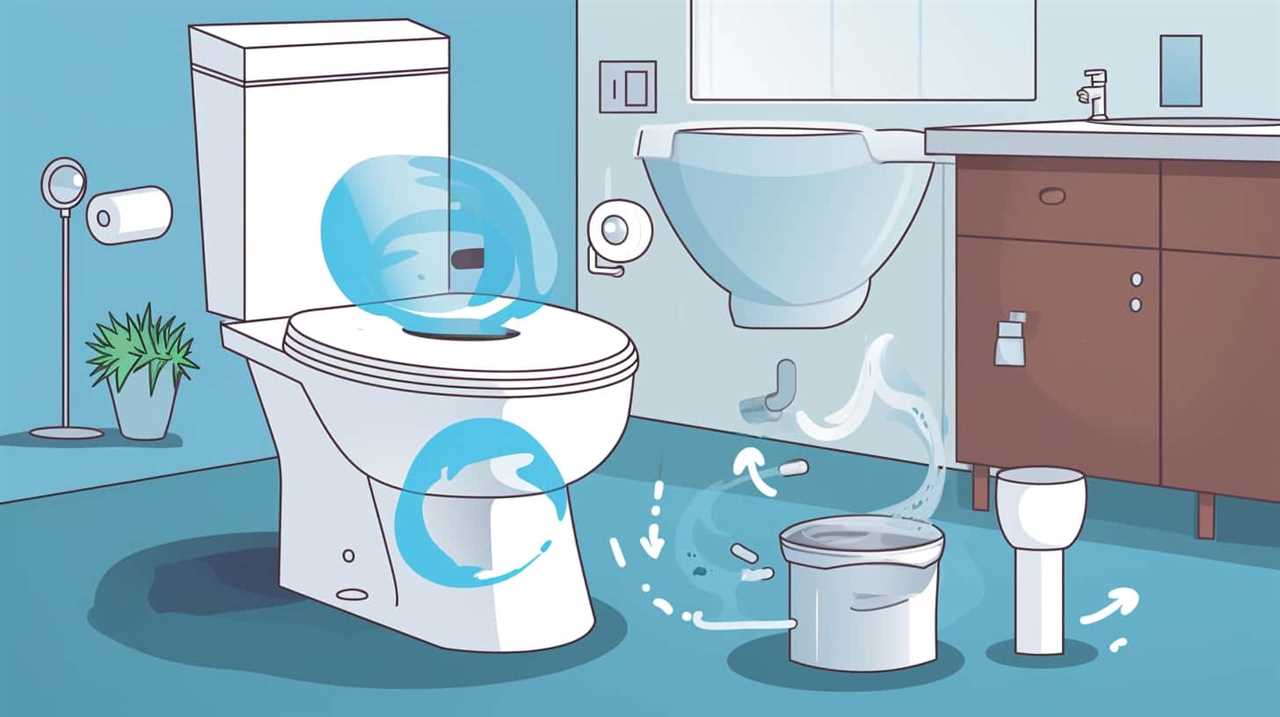
Can a Toilet Become Clogged if I Flush Non-Flushable Items?
When you flush non-flushable items down the toilet, it can lead to serious toilet clogs. These items can get stuck in the pipes, causing blockages that prevent the toilet from flushing properly.
It’s important to only flush toilet paper and waste down the toilet to avoid these issues. If you do accidentally flush something non-flushable, it’s best to contact a professional plumber to safely remove the item and fix any potential damage to your plumbing system.
What Should I Do if My Toilet Bowl Is Not Filling up With Enough Water?
If my toilet bowl isn’t filling up with enough water, I’d start by checking the water supply valve to ensure it’s fully open.
If that doesn’t solve the issue, I’d inspect the fill valve and float mechanism for any signs of damage or malfunction.
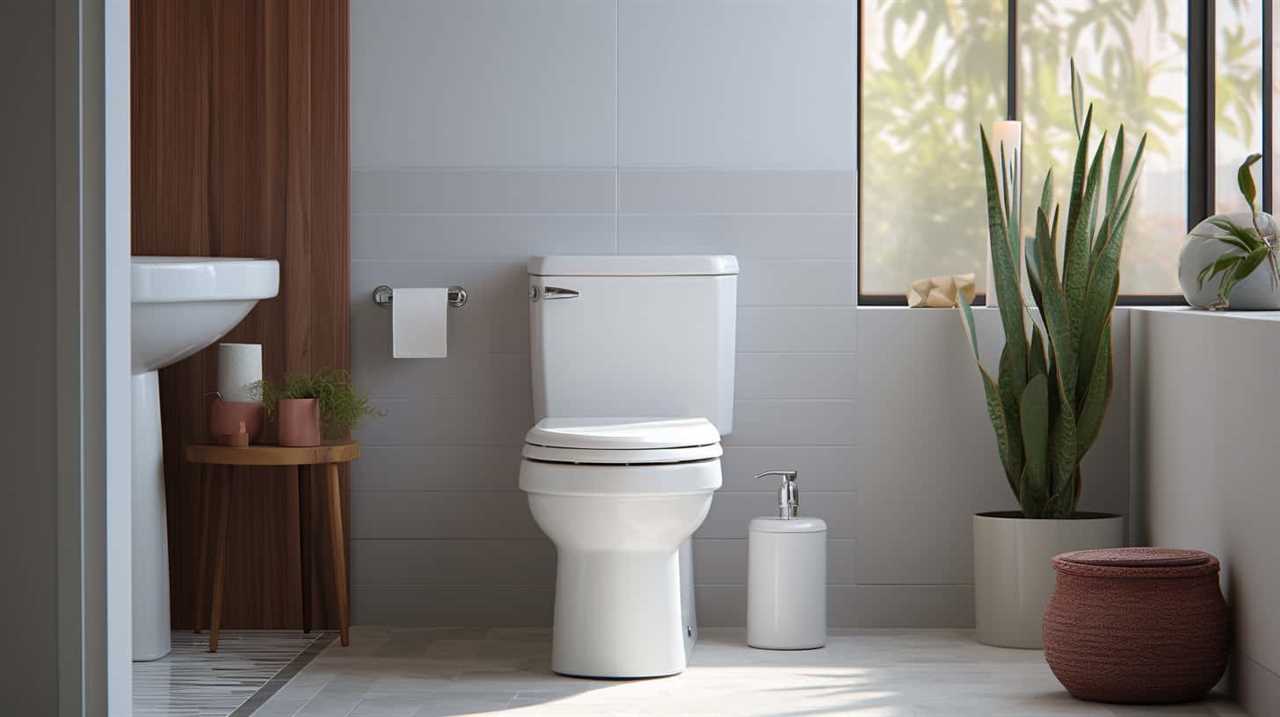
It’s also important to check if there are any clogs in the toilet bowl or the water inlet holes.
Regular toilet bowl maintenance and troubleshooting common toilet problems can prevent issues like this from occurring.
Is It Possible for a Toilet to Leak Water Onto the Bathroom Floor?
Yes, it’s possible for a toilet to leak water onto the bathroom floor. I’ve experienced this issue before, and it can be quite frustrating.
When there’s a water leakage from the toilet tank, it can cause water to seep out and pool on the floor. This can be due to a faulty valve or a cracked tank.

It’s important to address this problem promptly to prevent further damage and water wastage.
Conclusion
In conclusion, a toilet stop flushing can be caused by various factors, including:
- A clogged drain
- Faulty flapper valve
- Malfunctioning fill valve
- Water supply issues
- Blocked vent stack
- Improper installation
- Leaking flush valve
- Overuse of toilet paper
- Sewer line problems
These issues can disrupt the functionality of our daily lives and leave us feeling frustrated and inconvenienced. It’s crucial to address these problems promptly to restore the essential function of our toilets and maintain the comfort of our homes.
